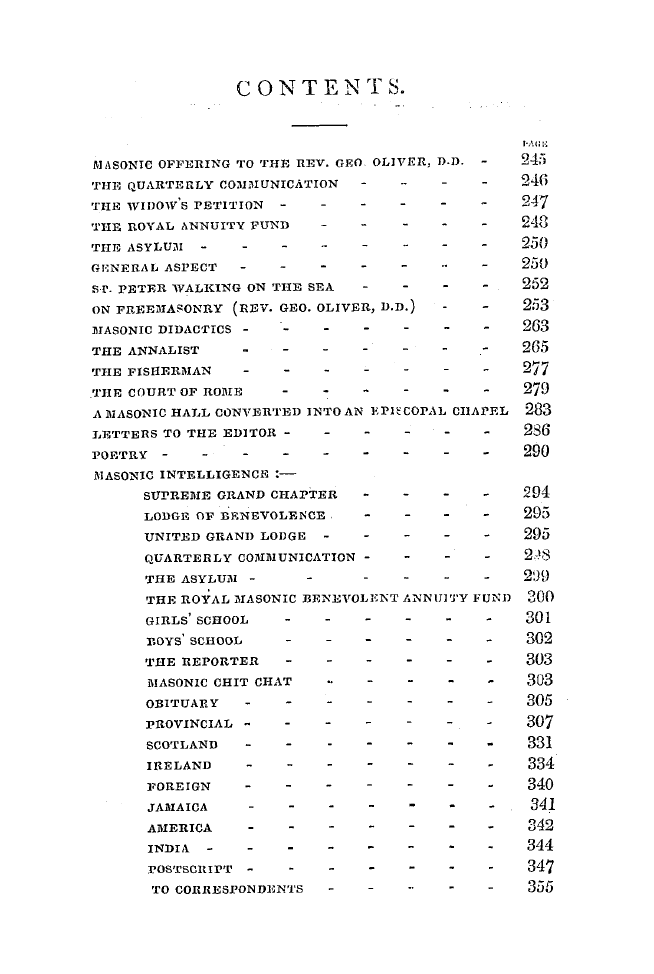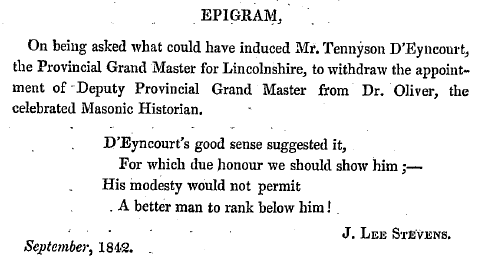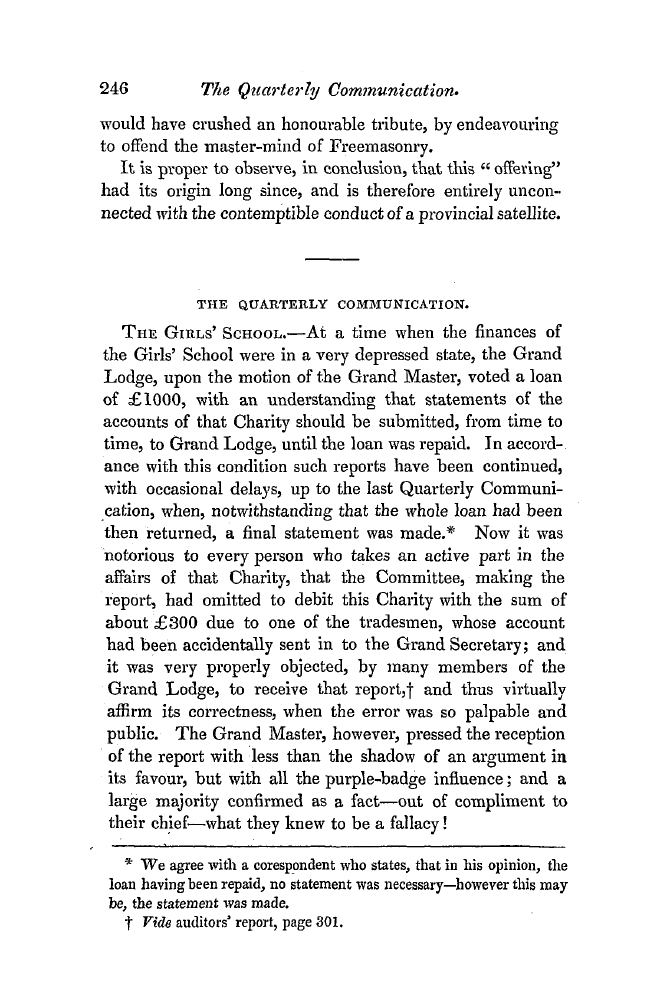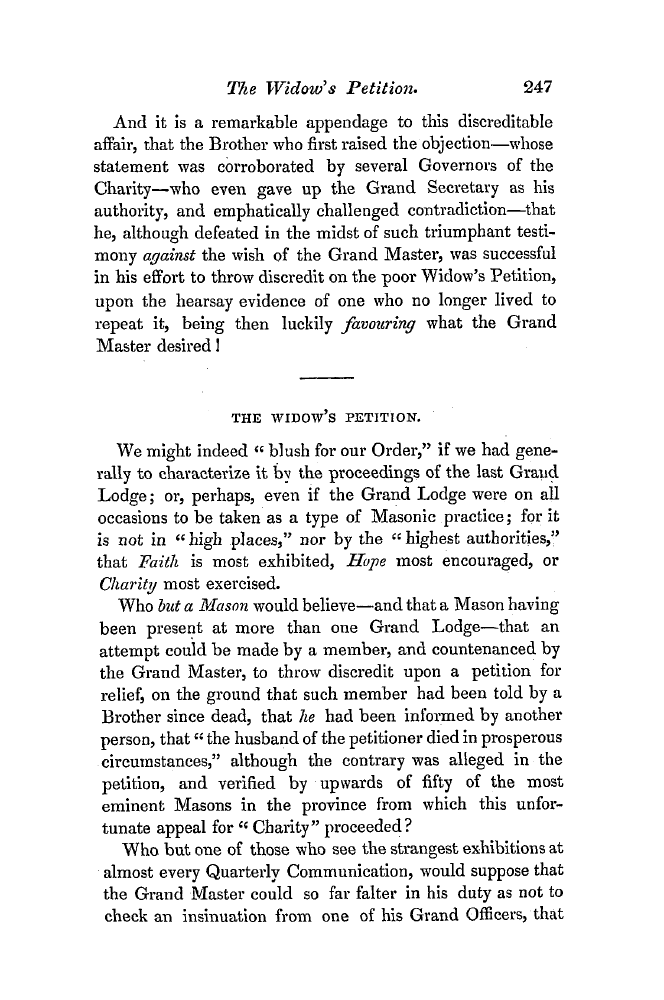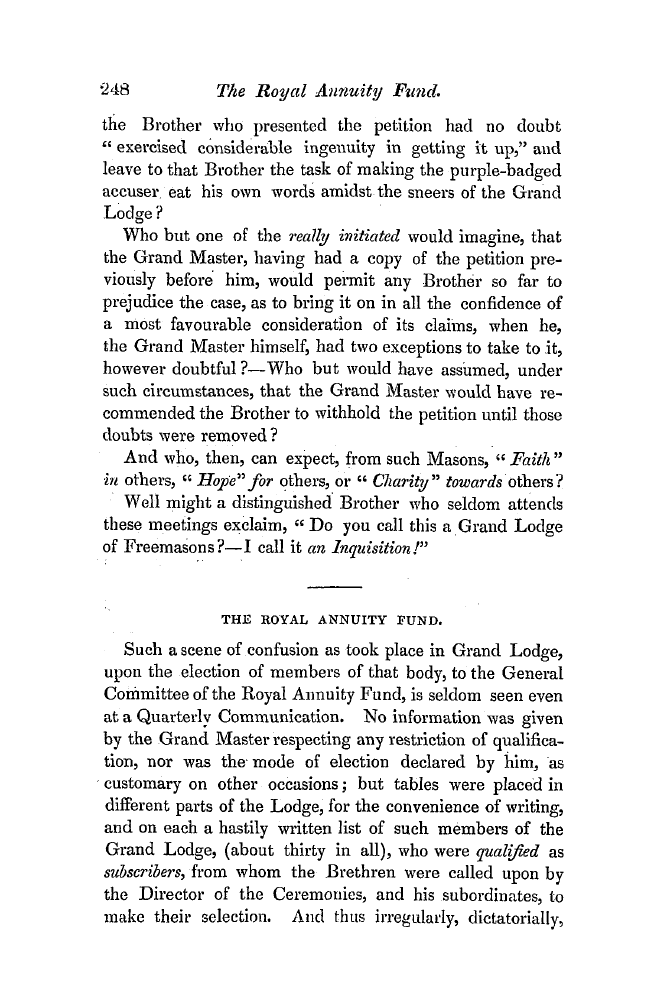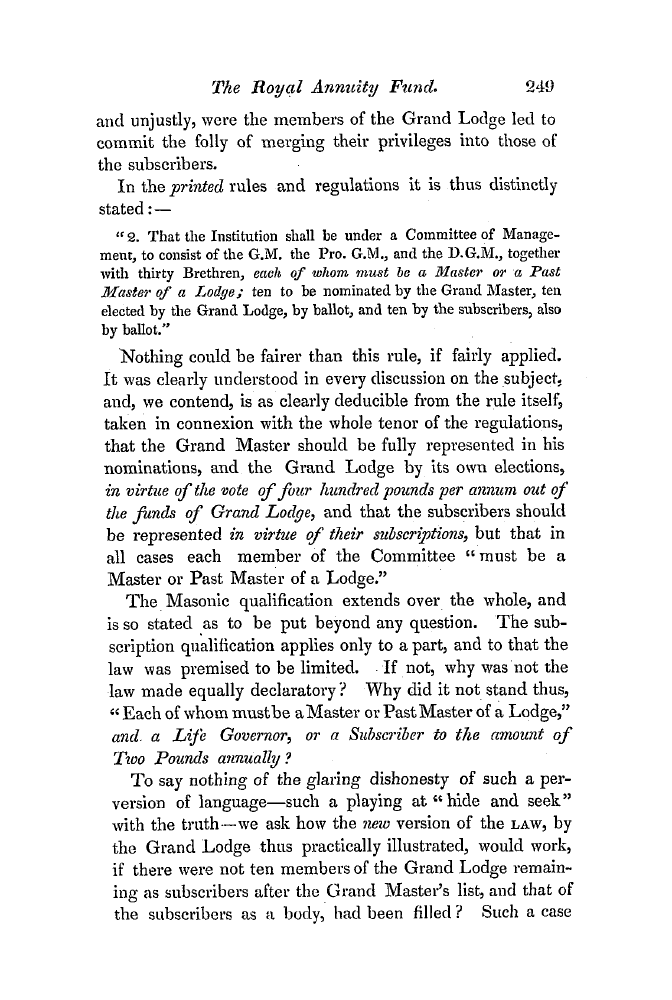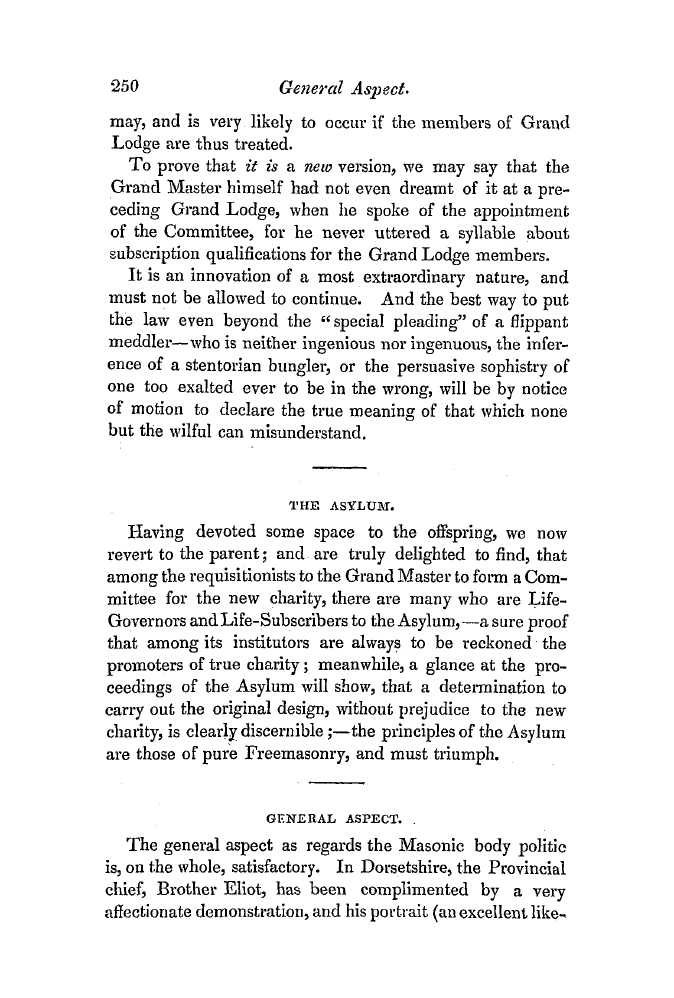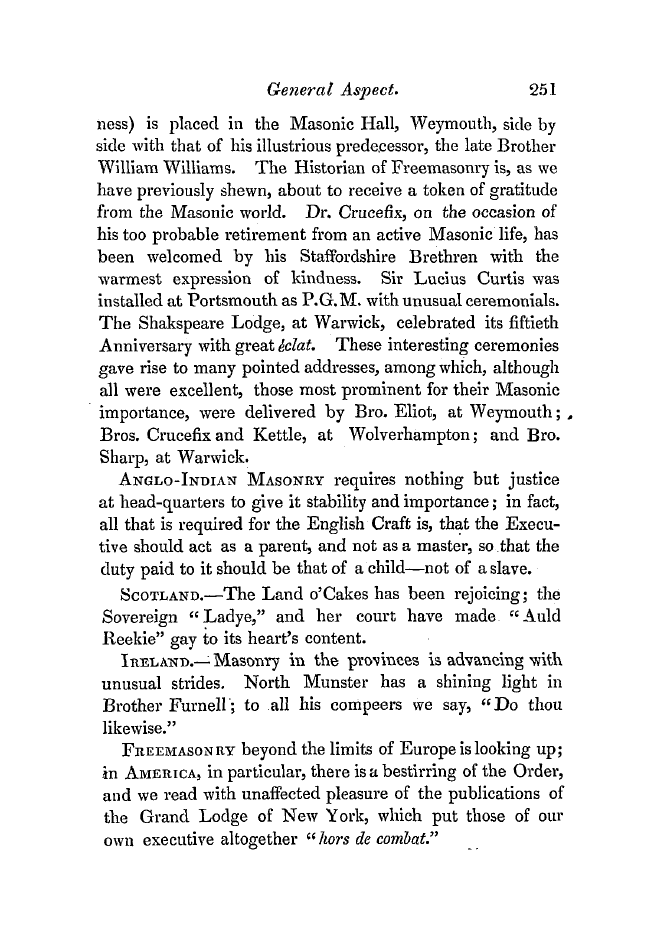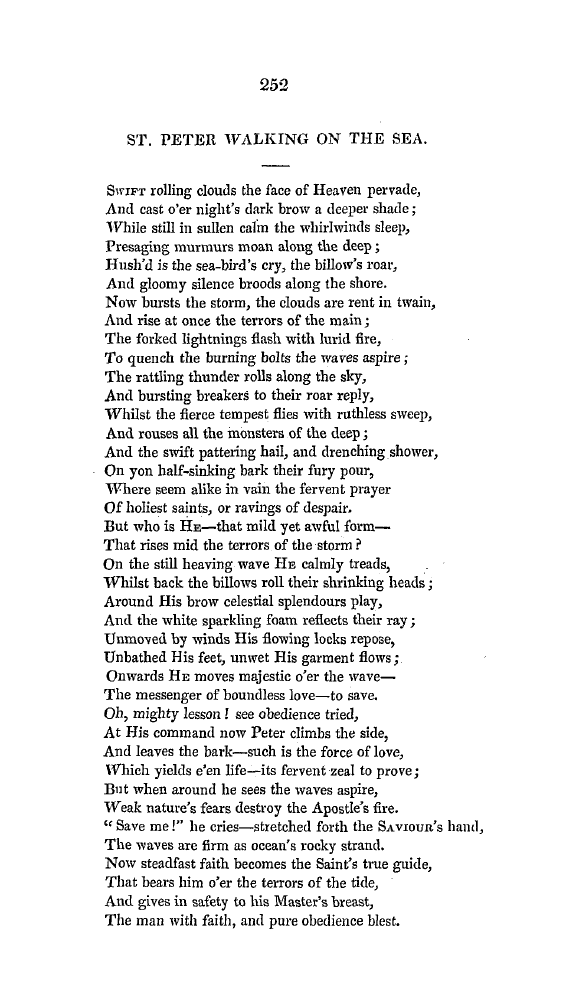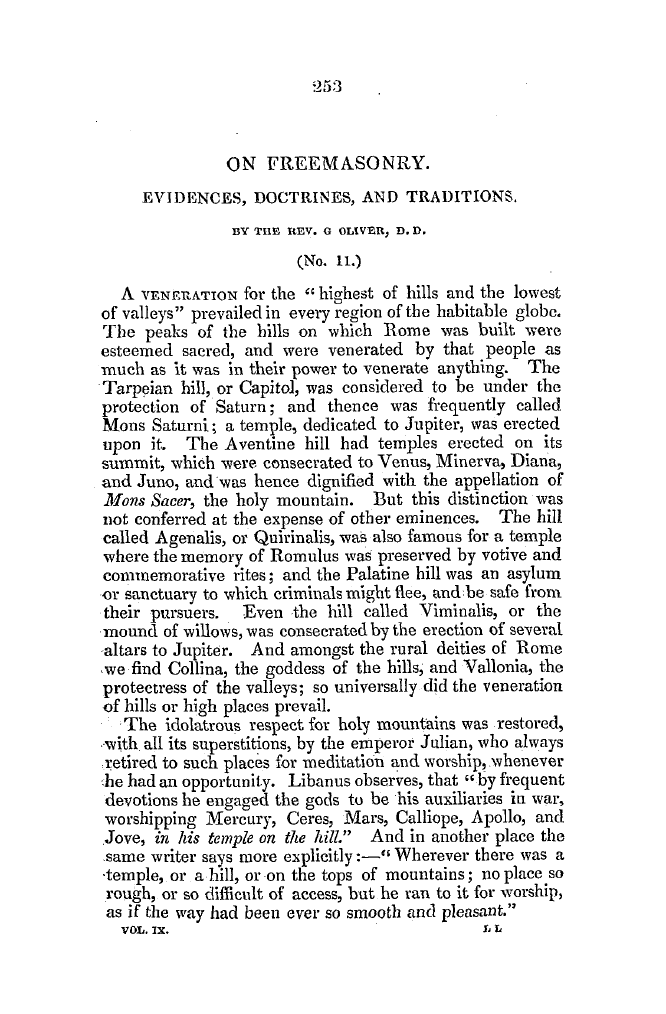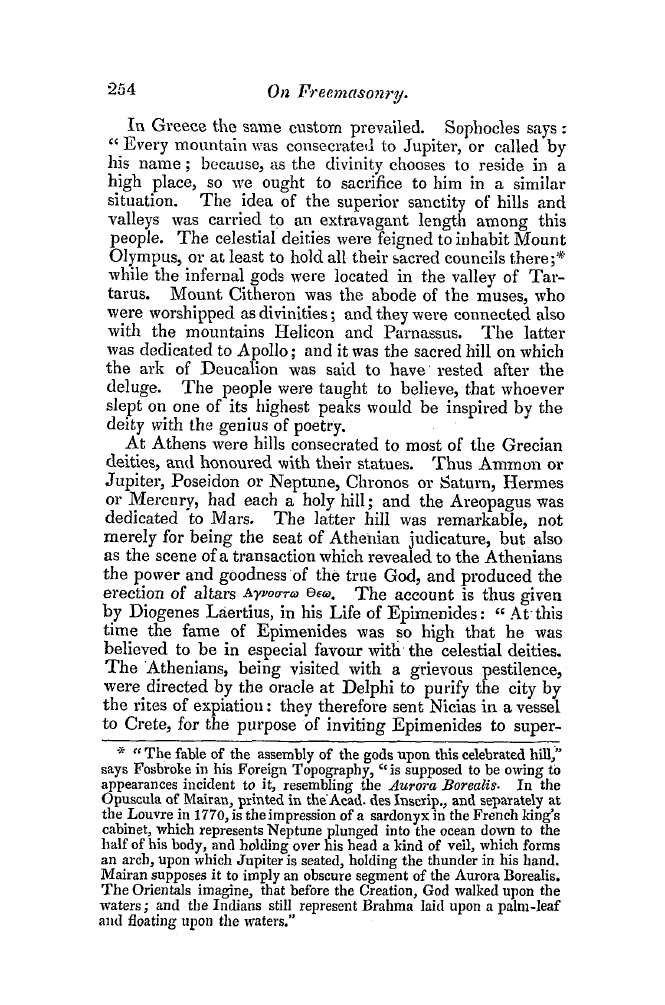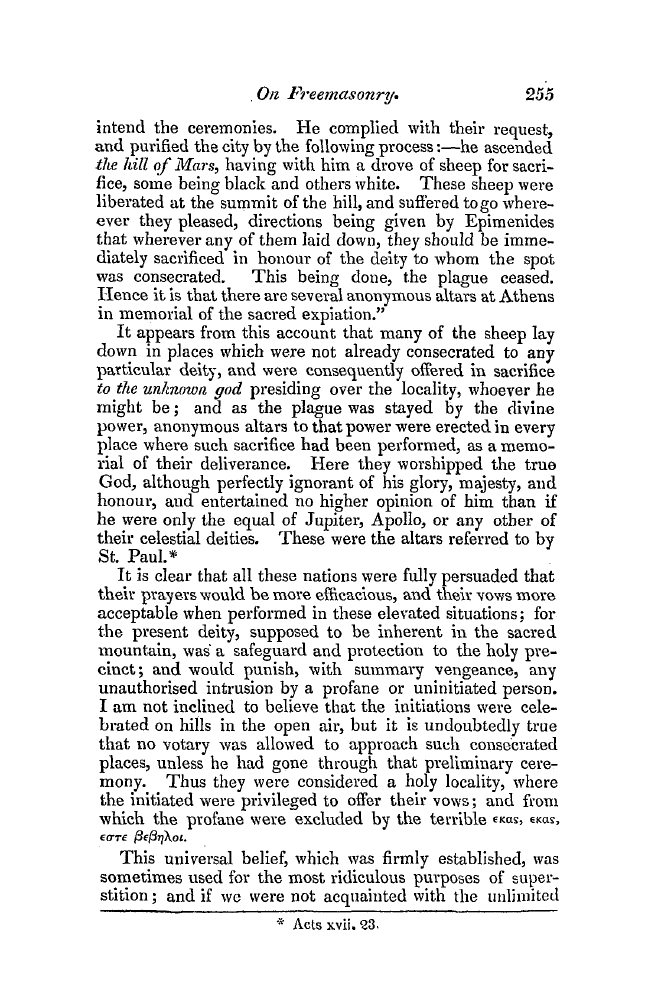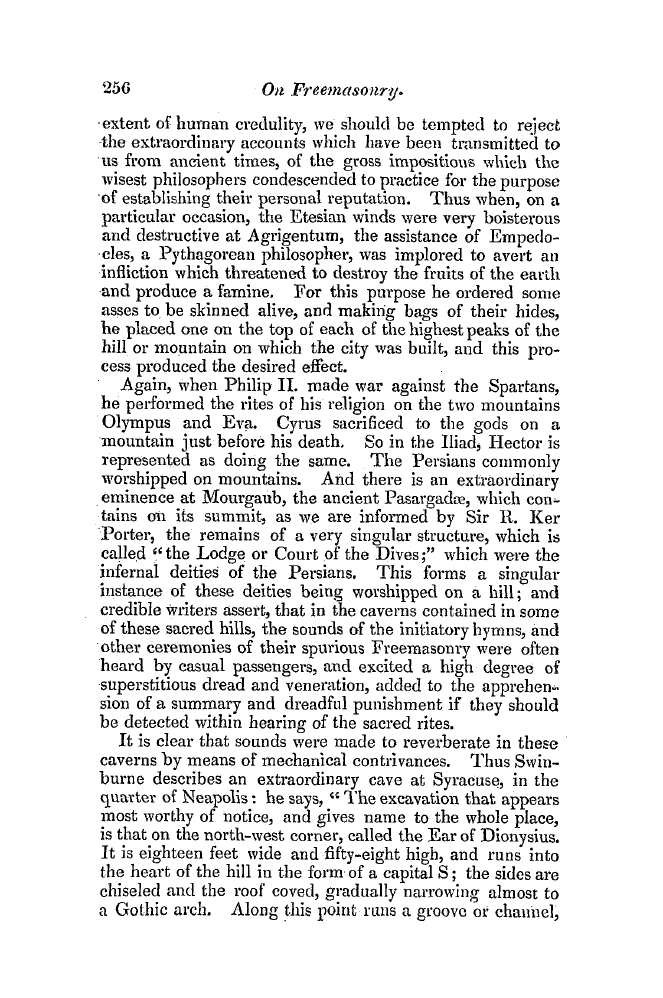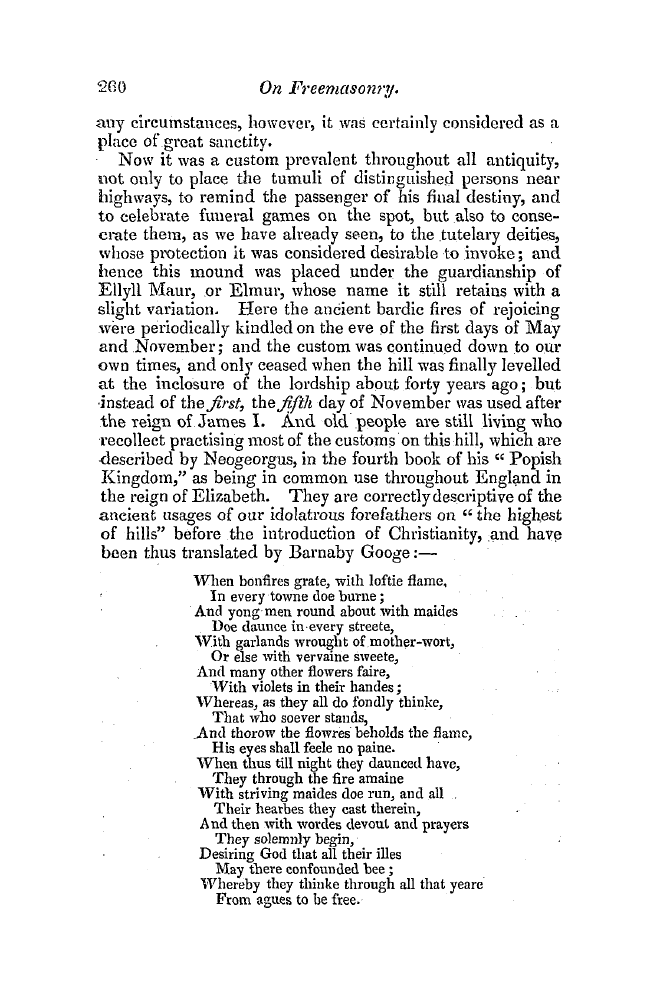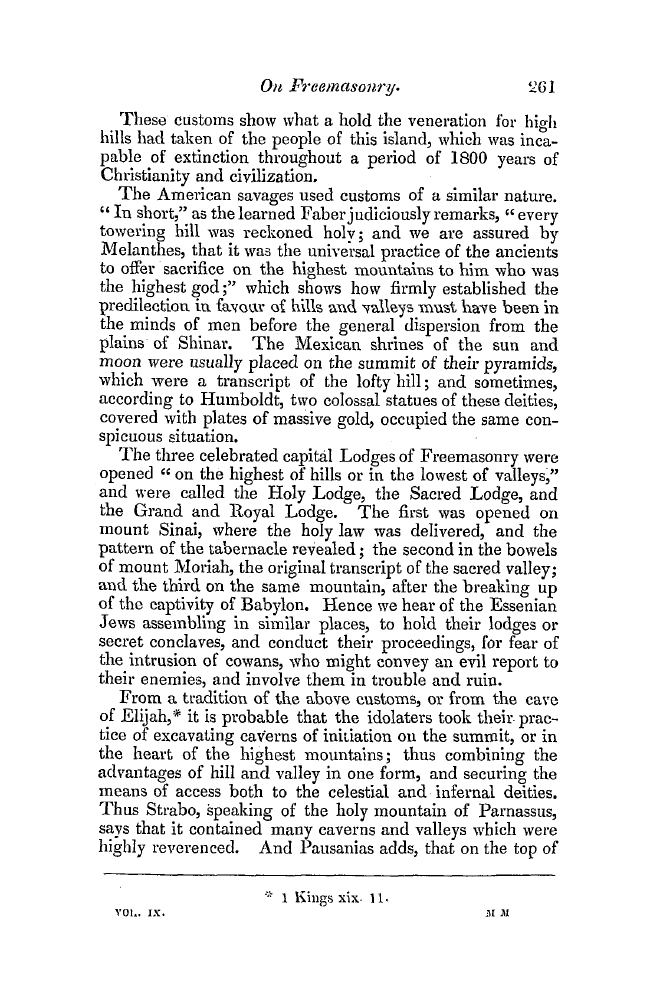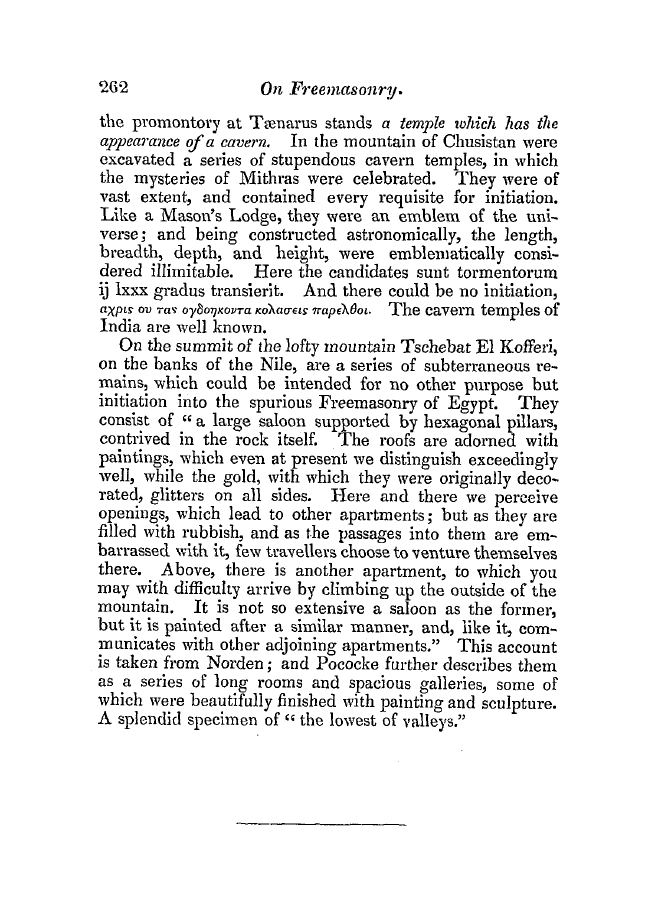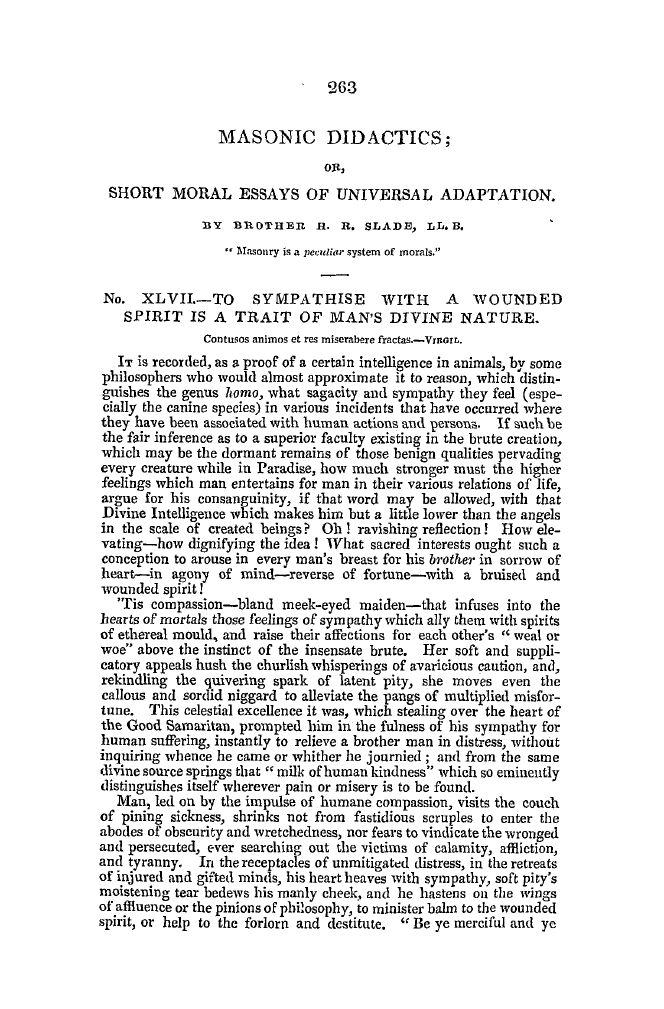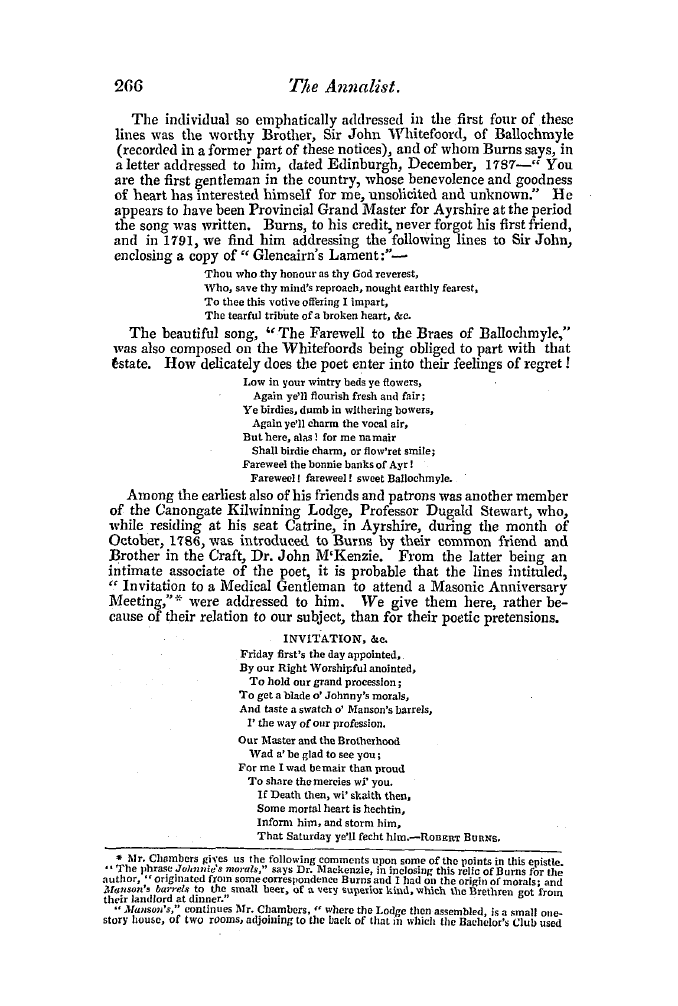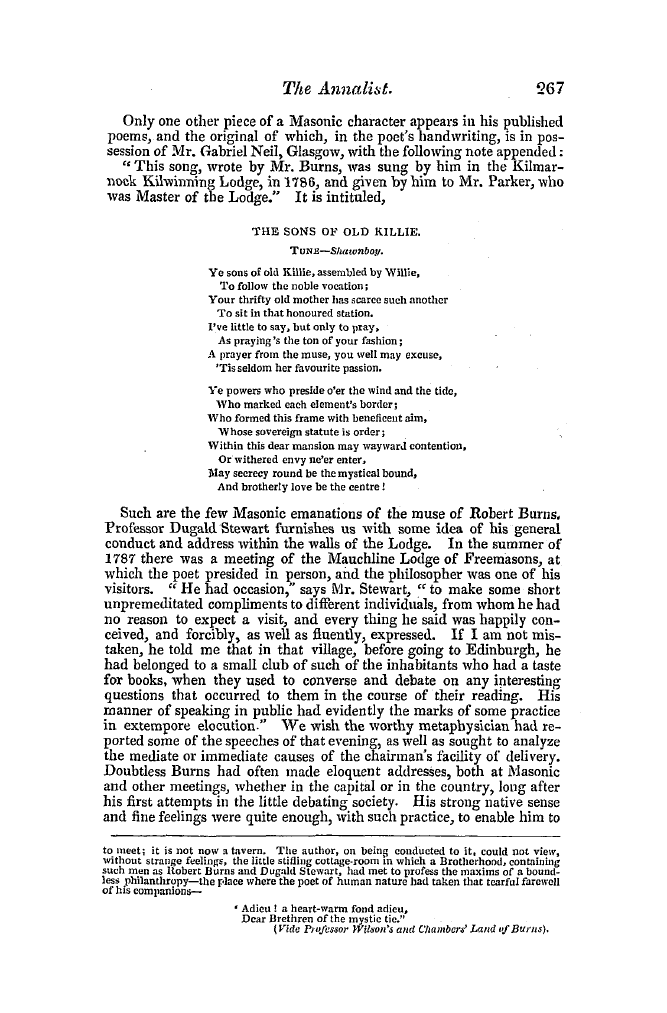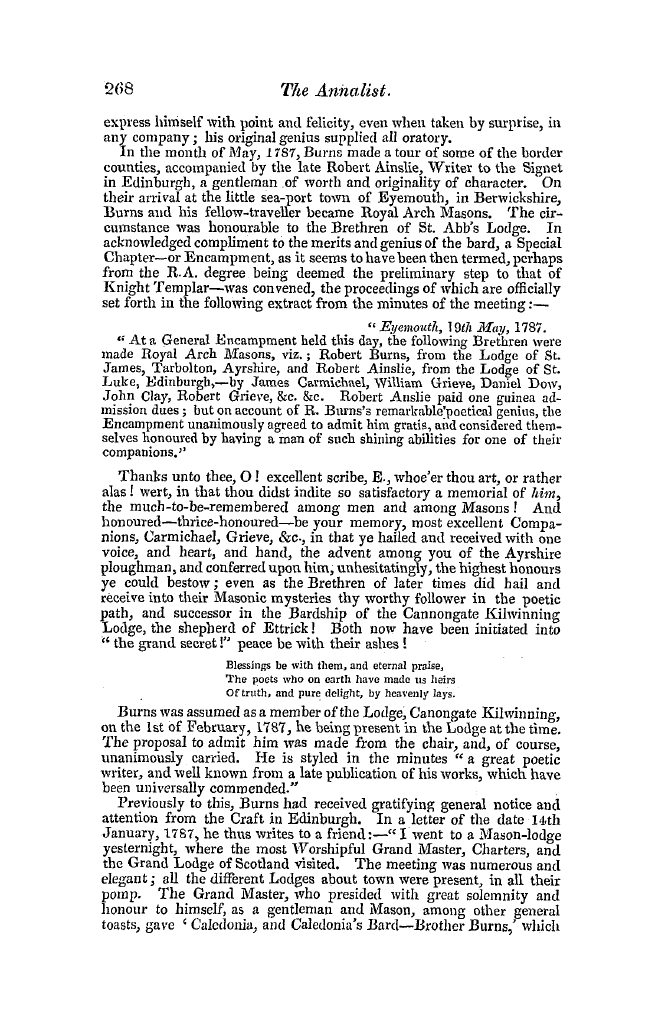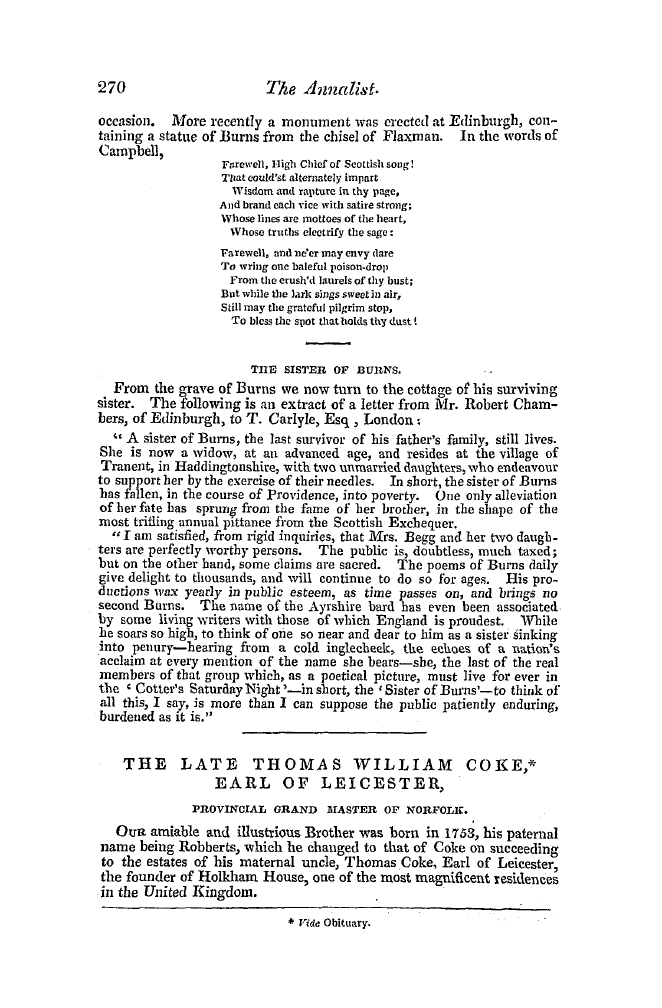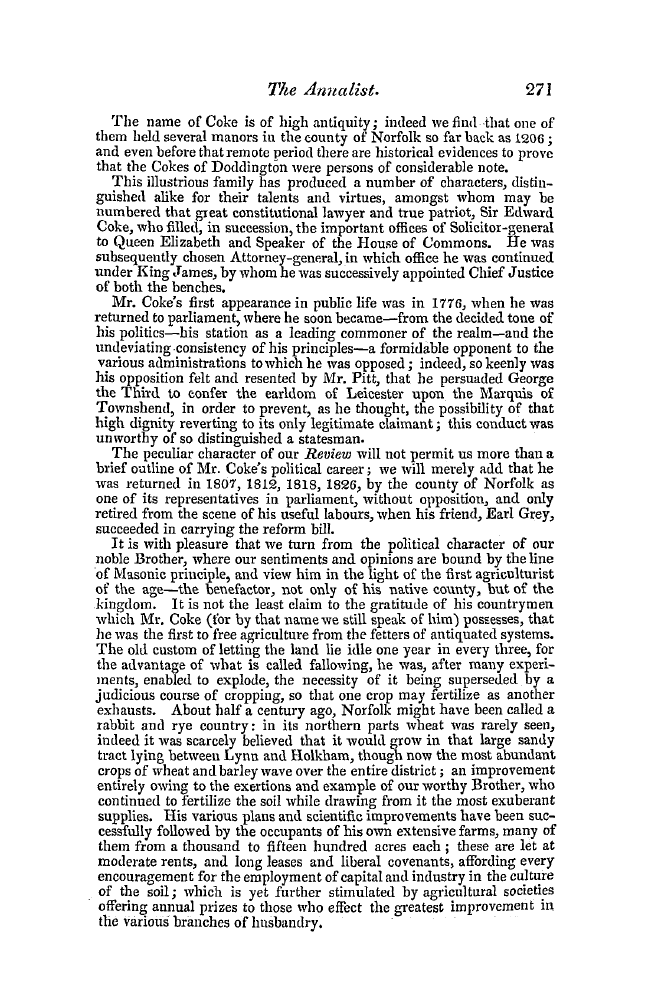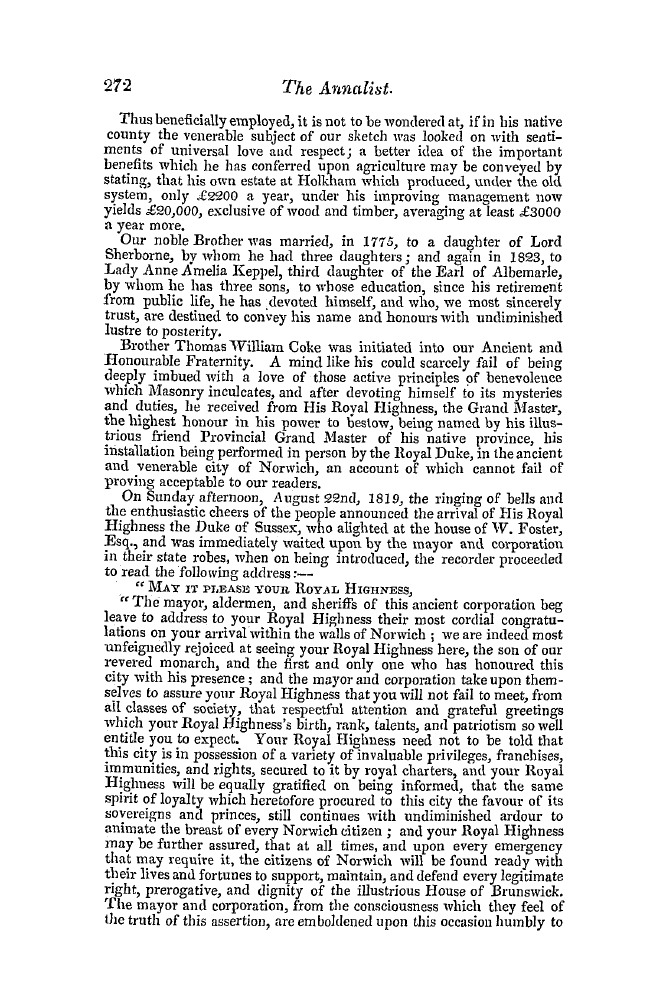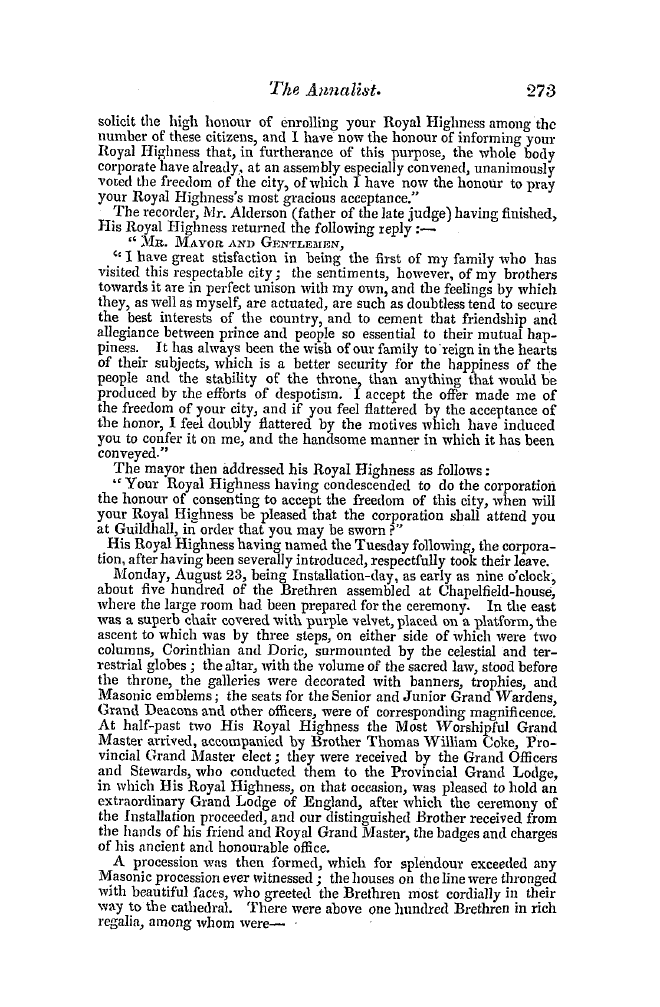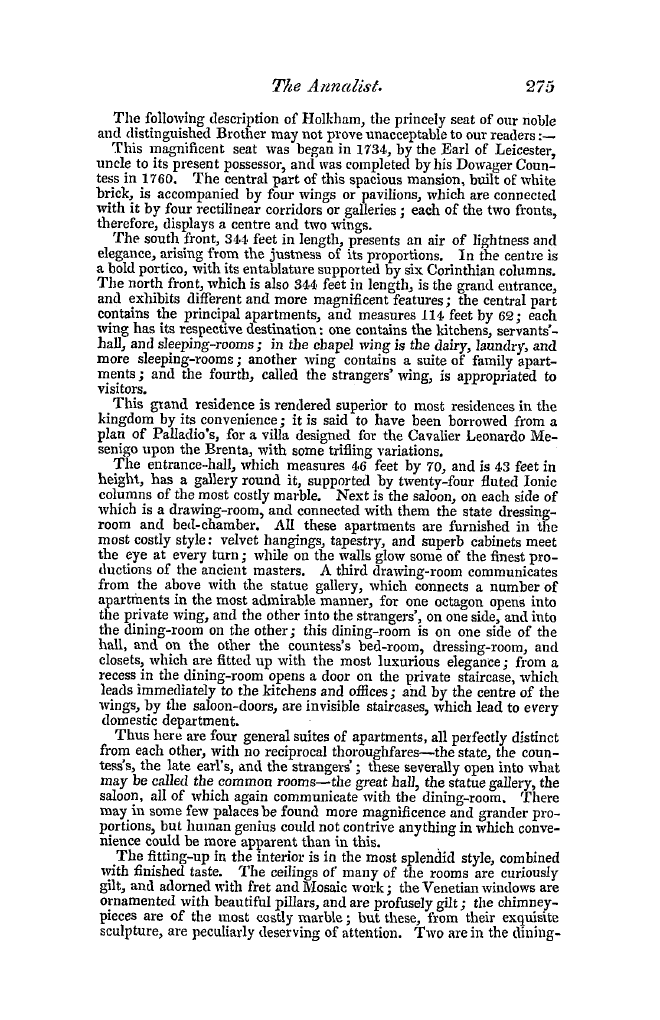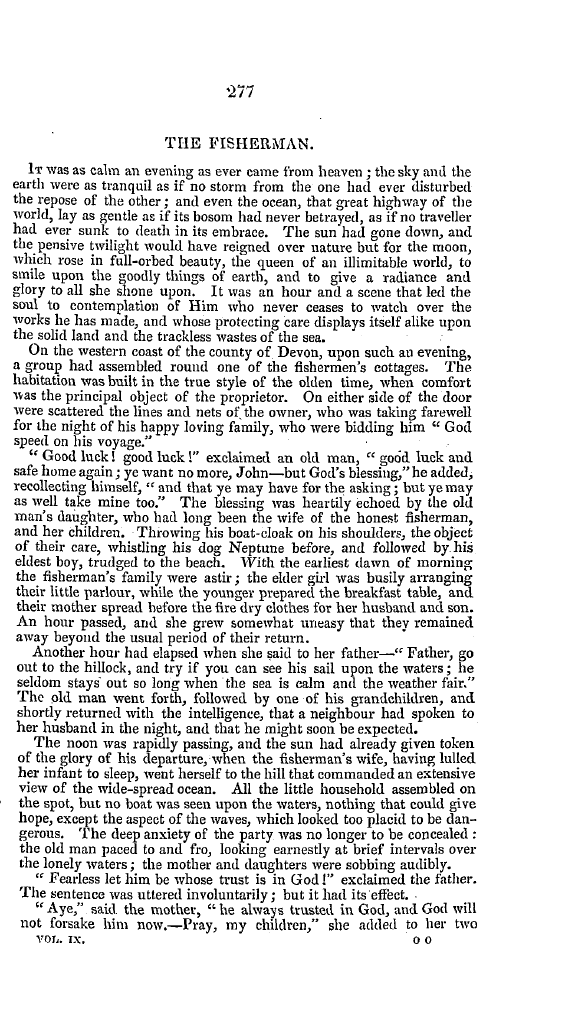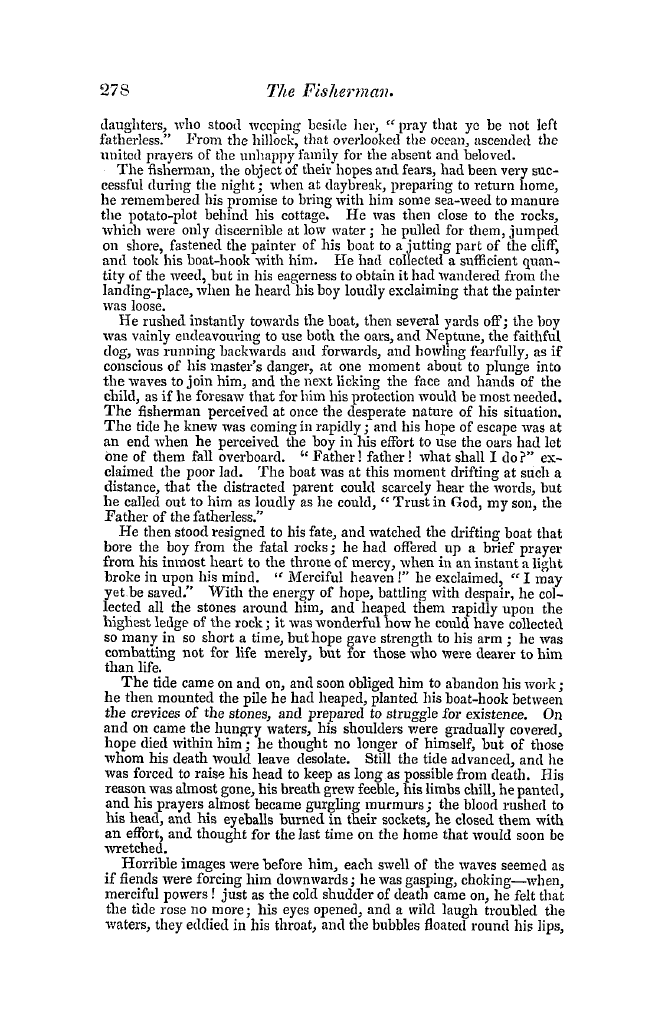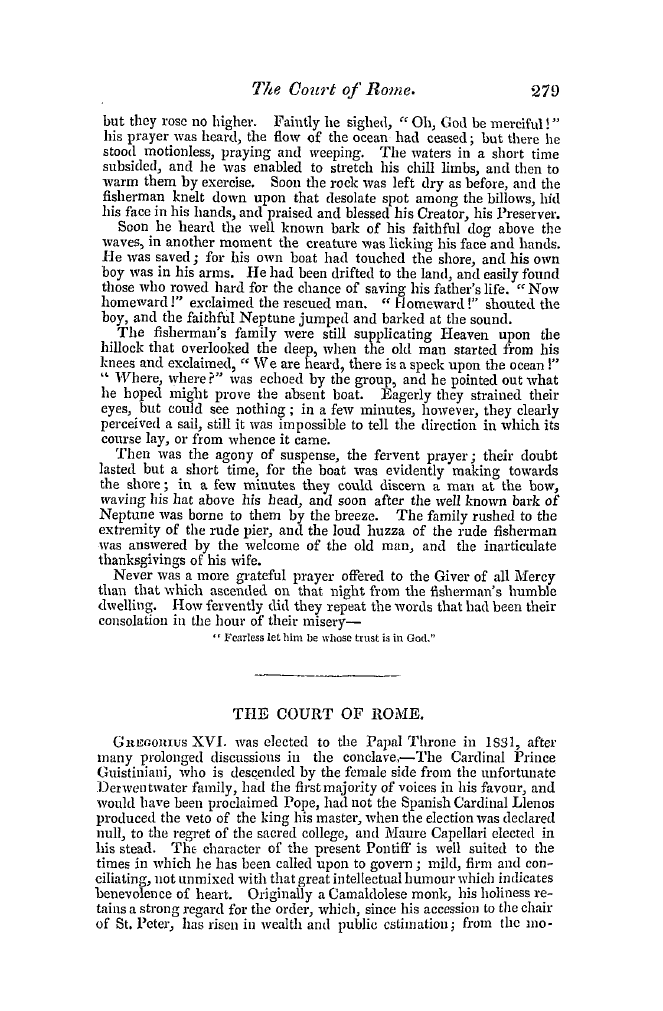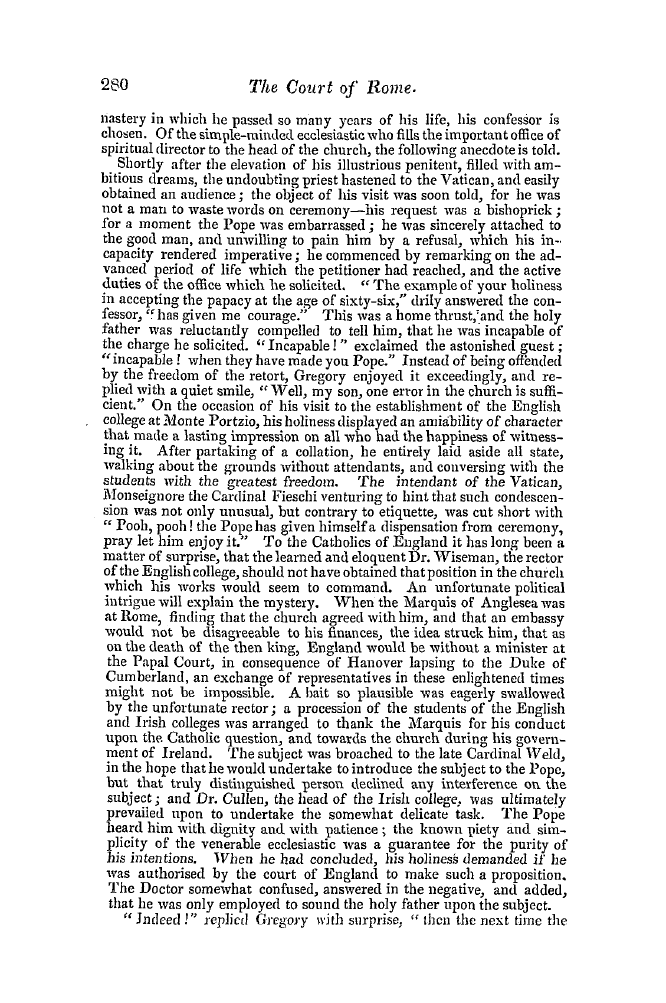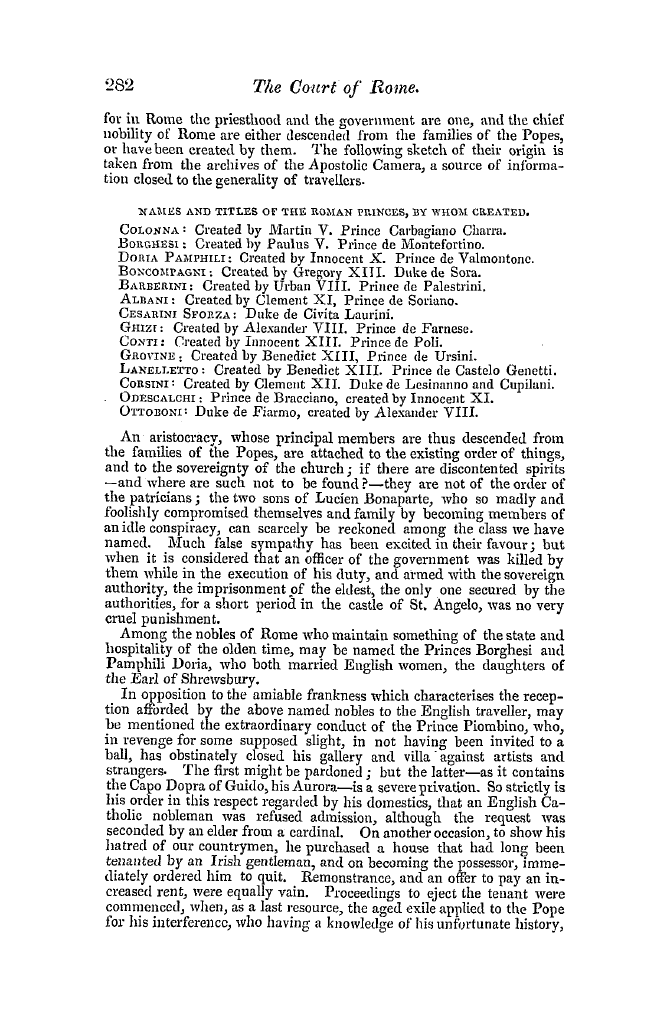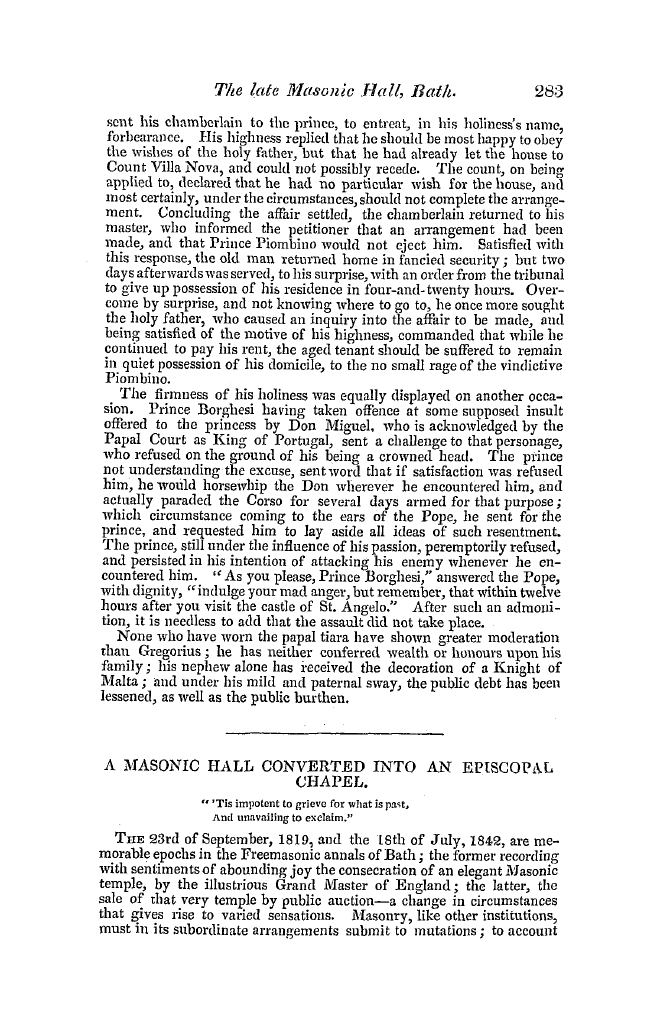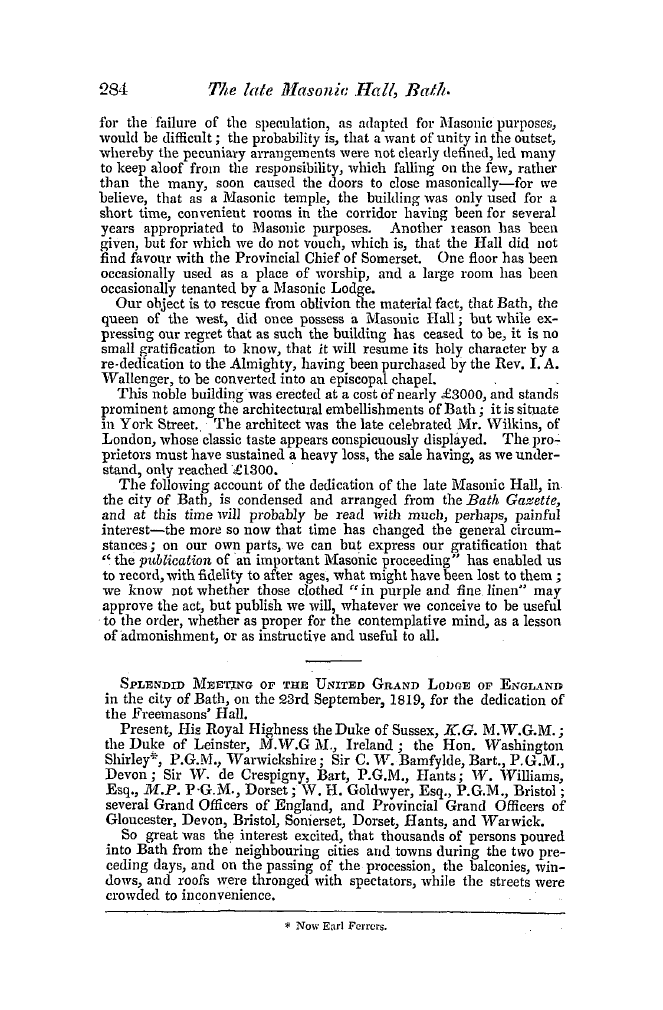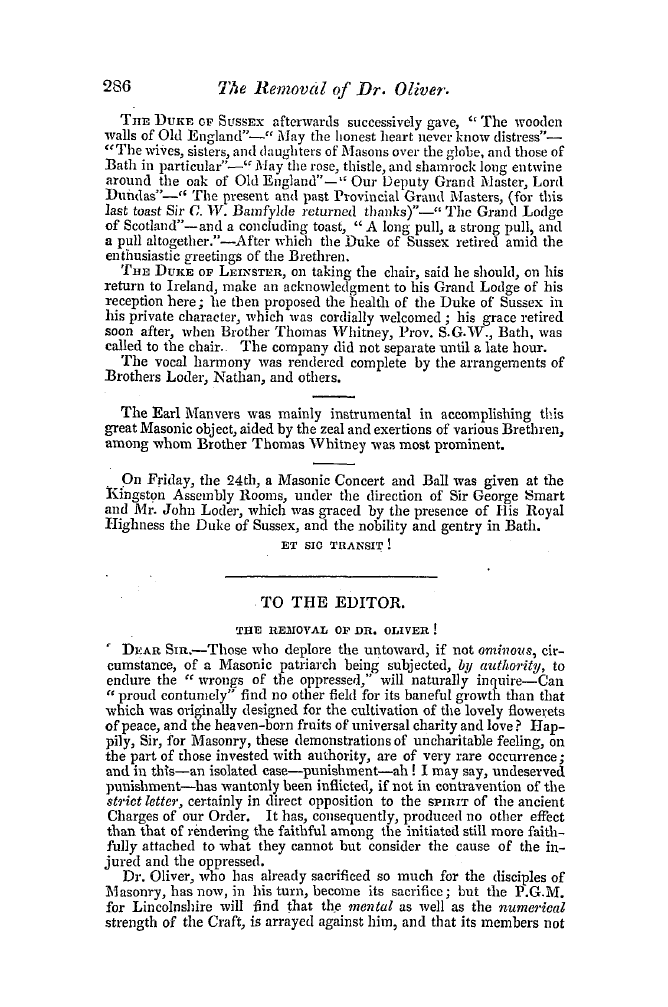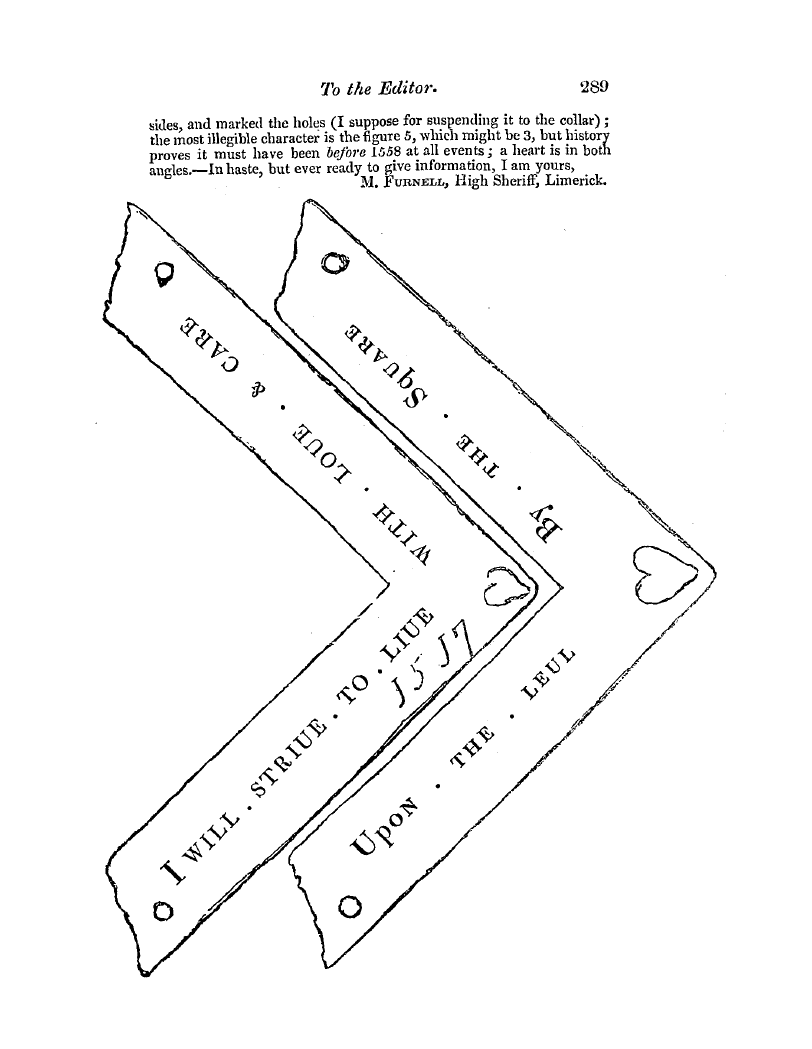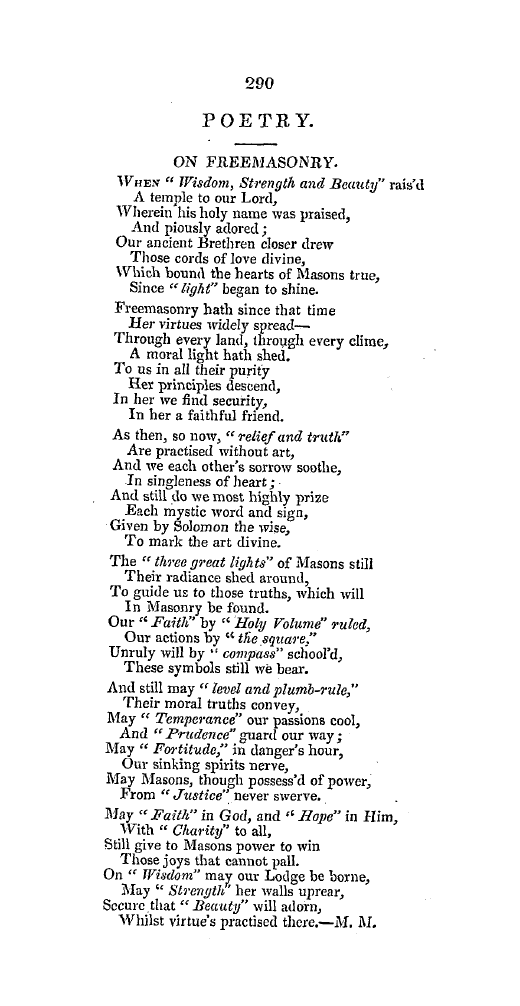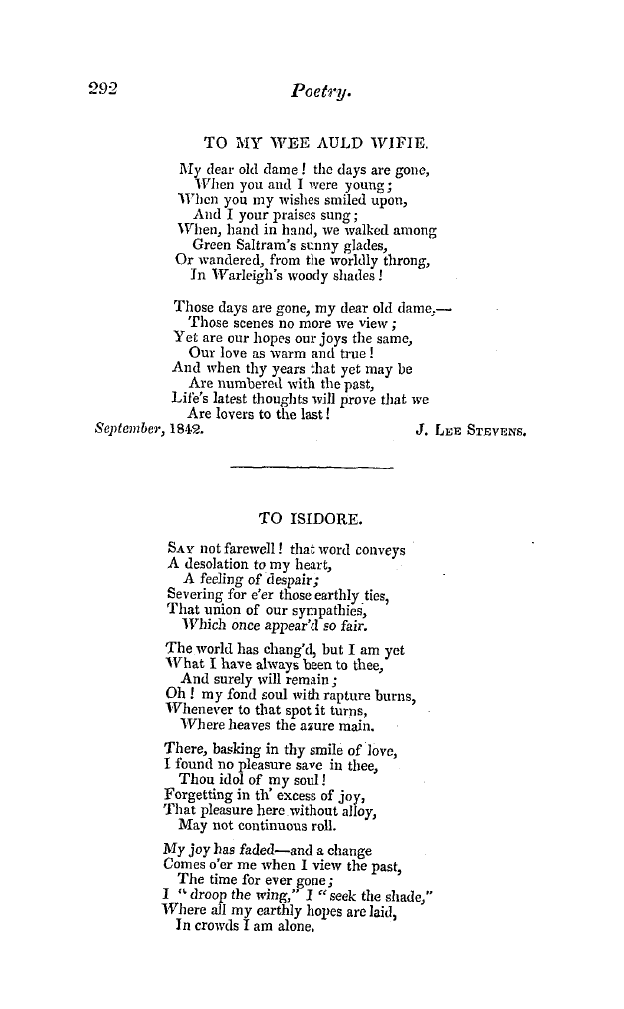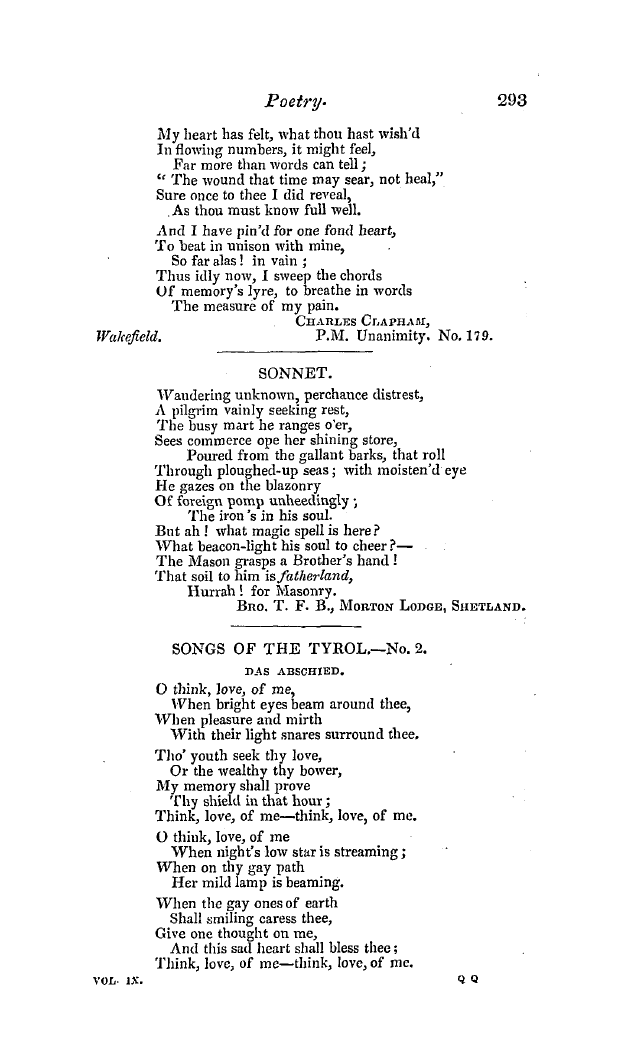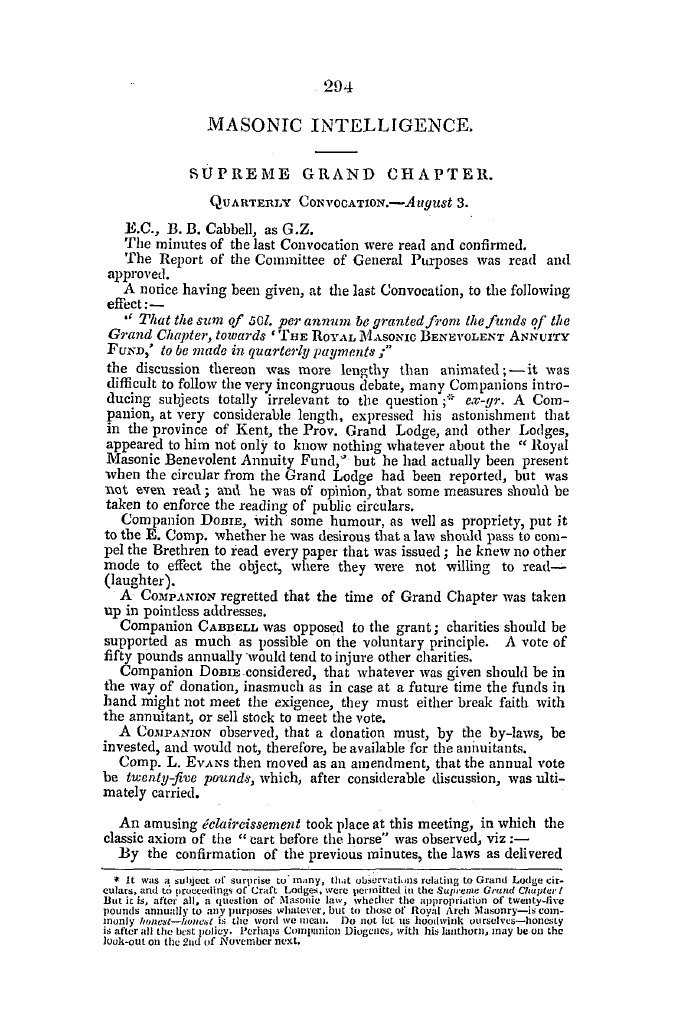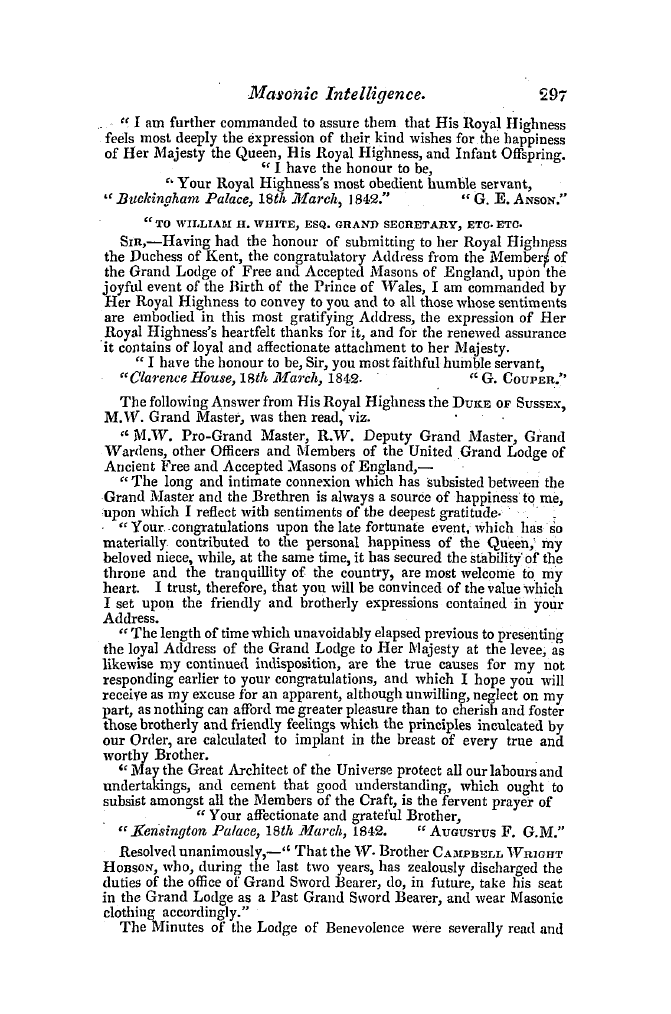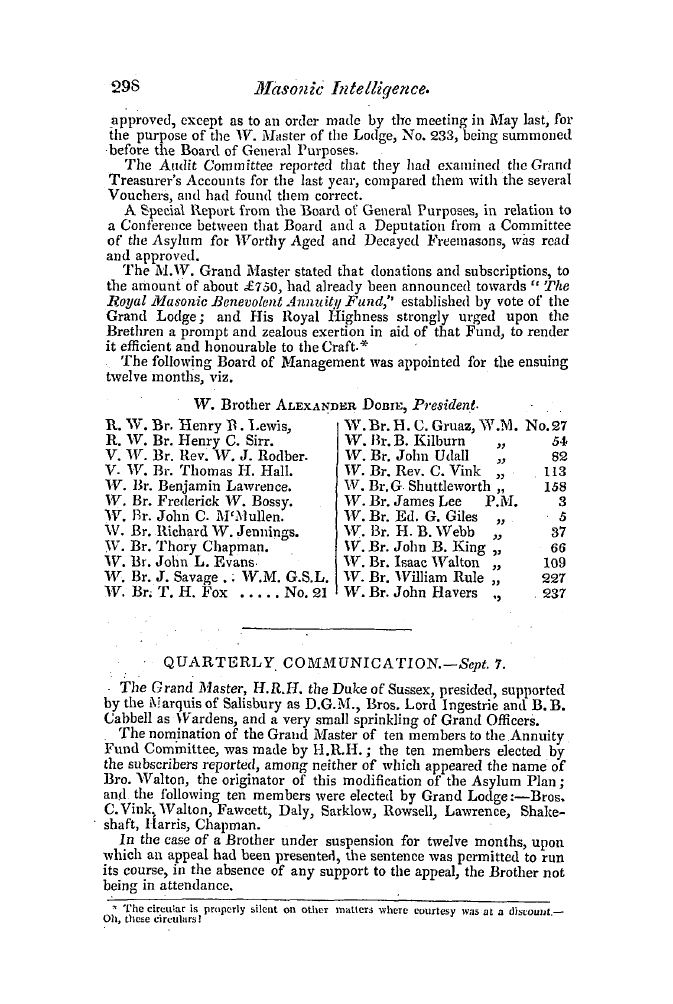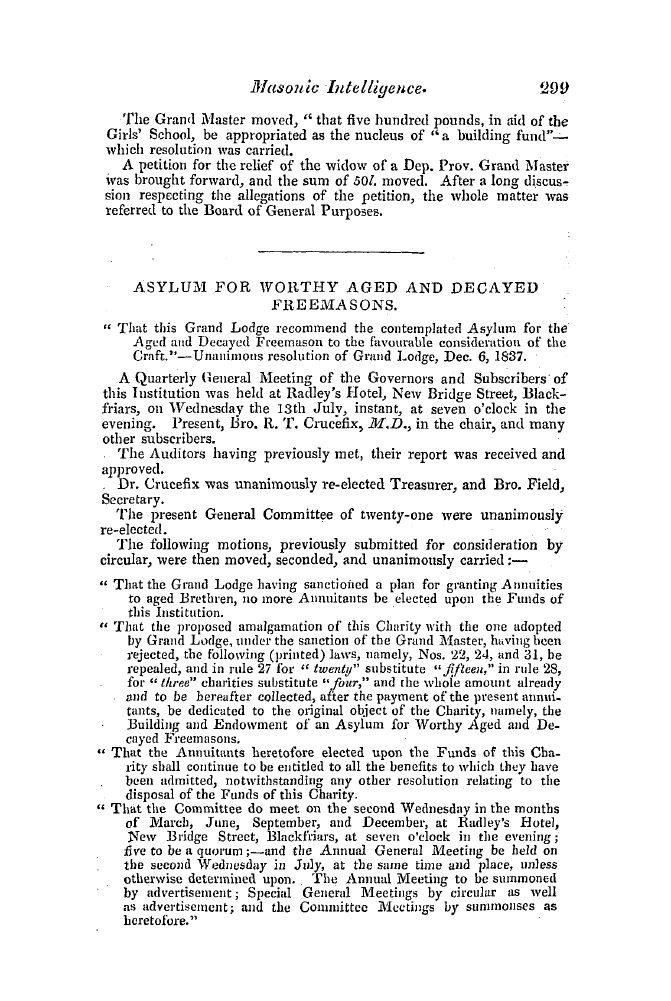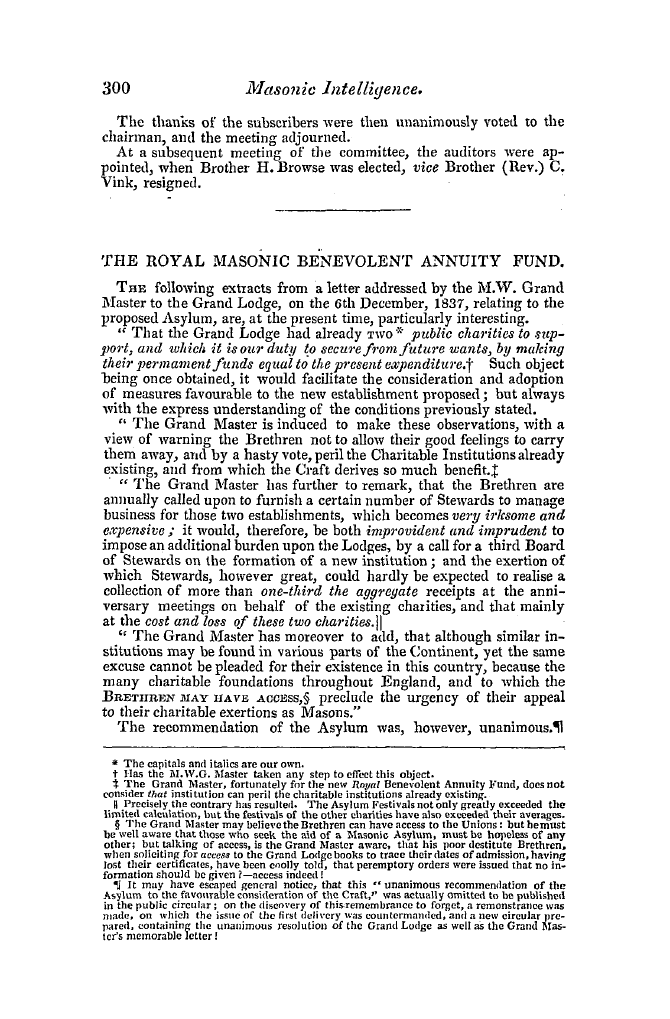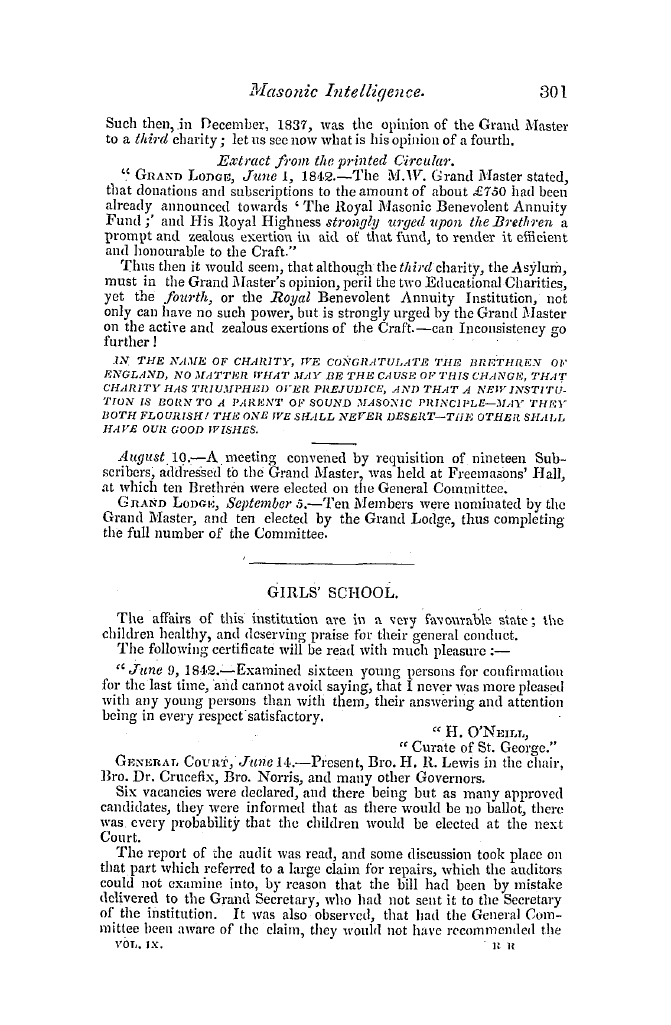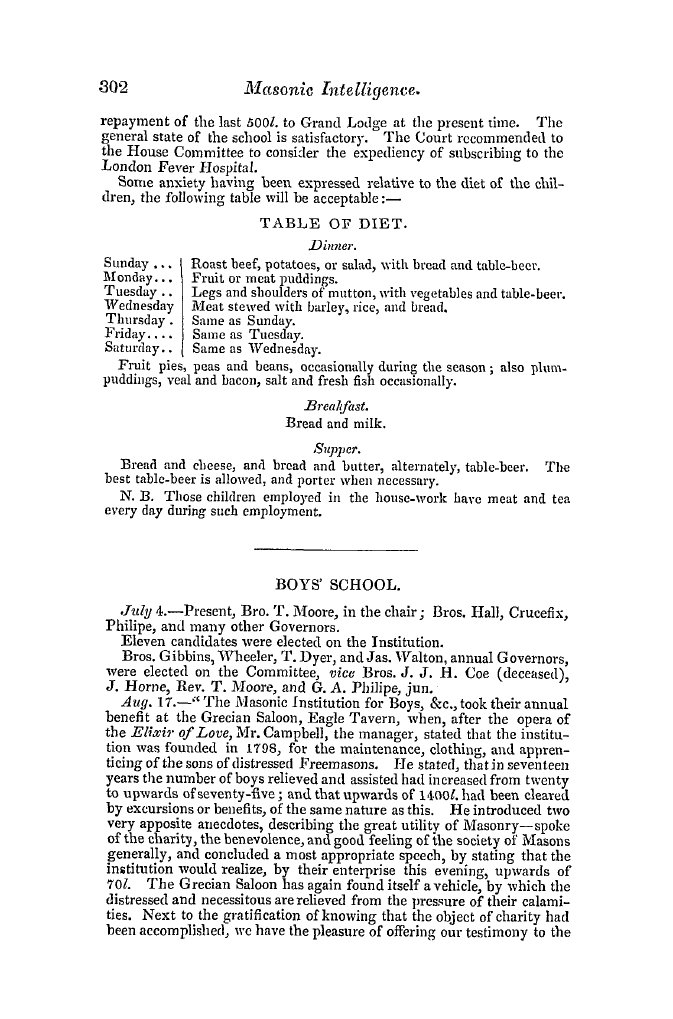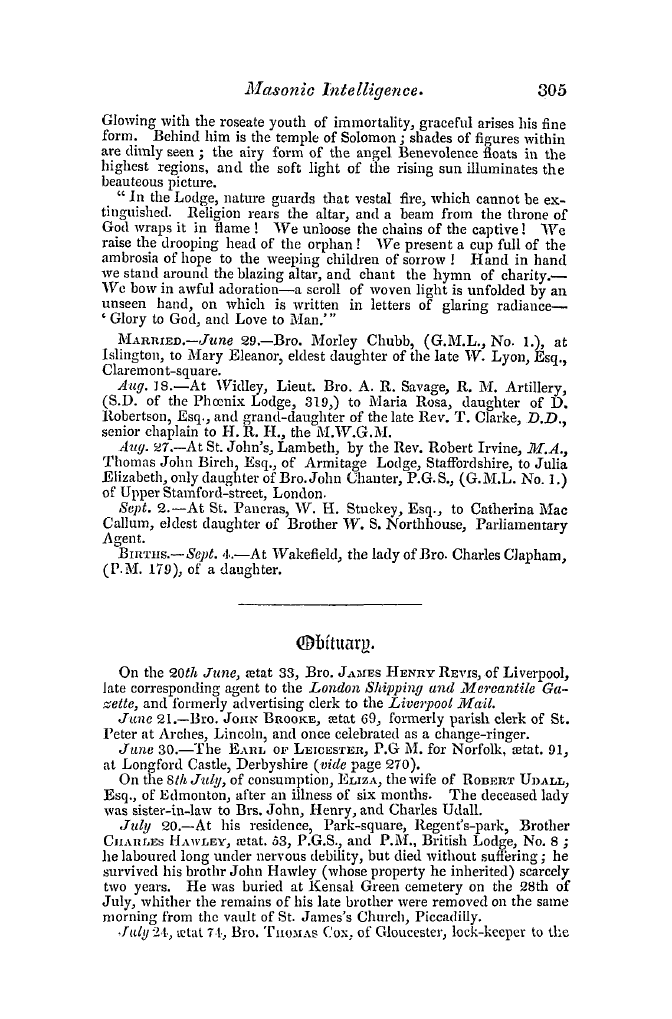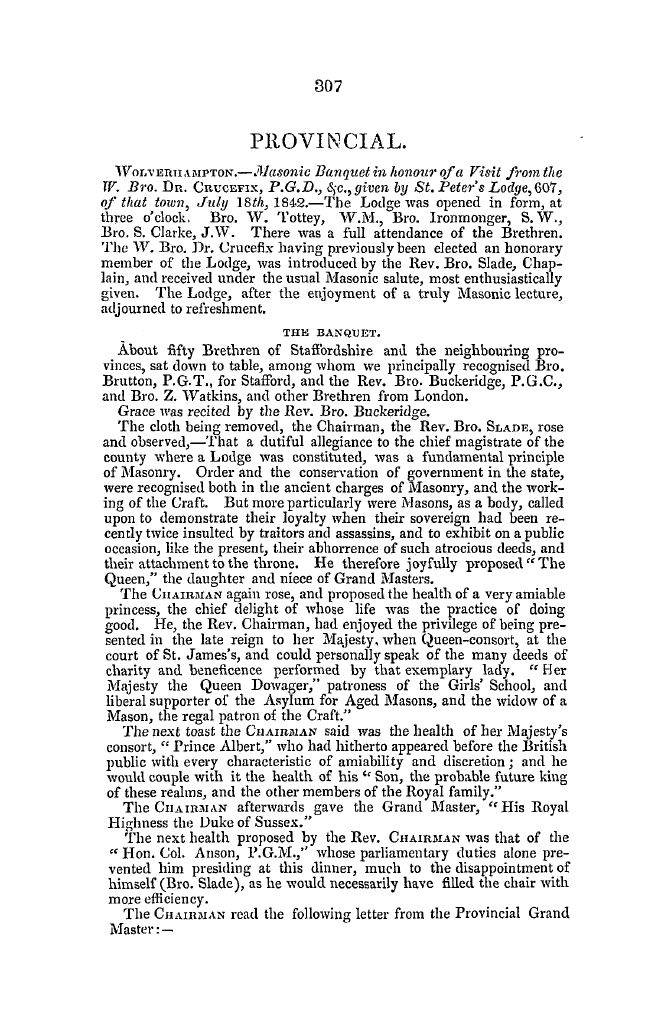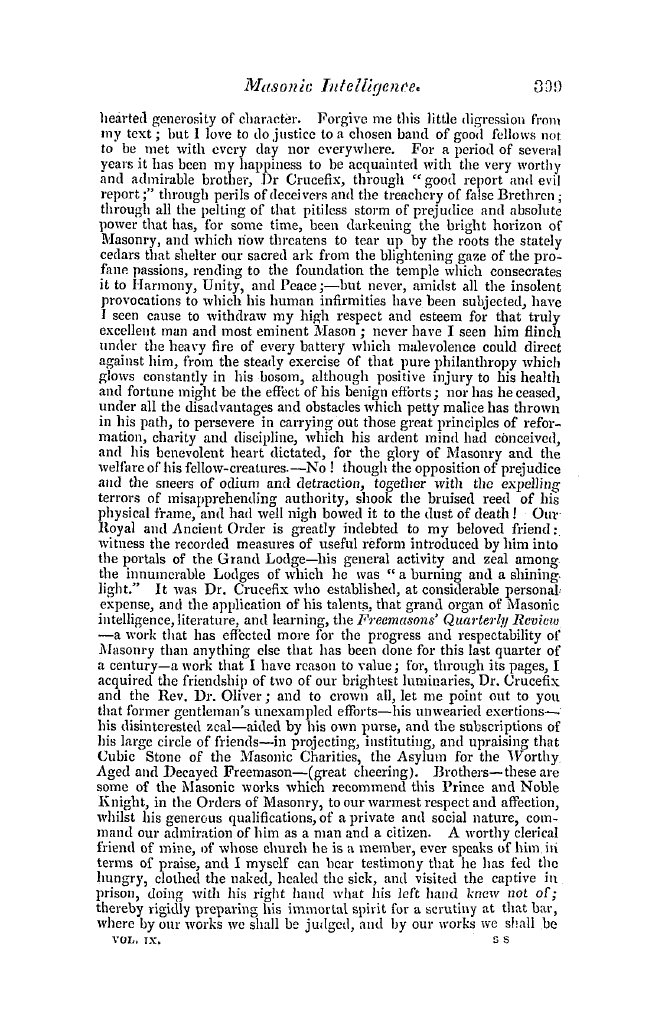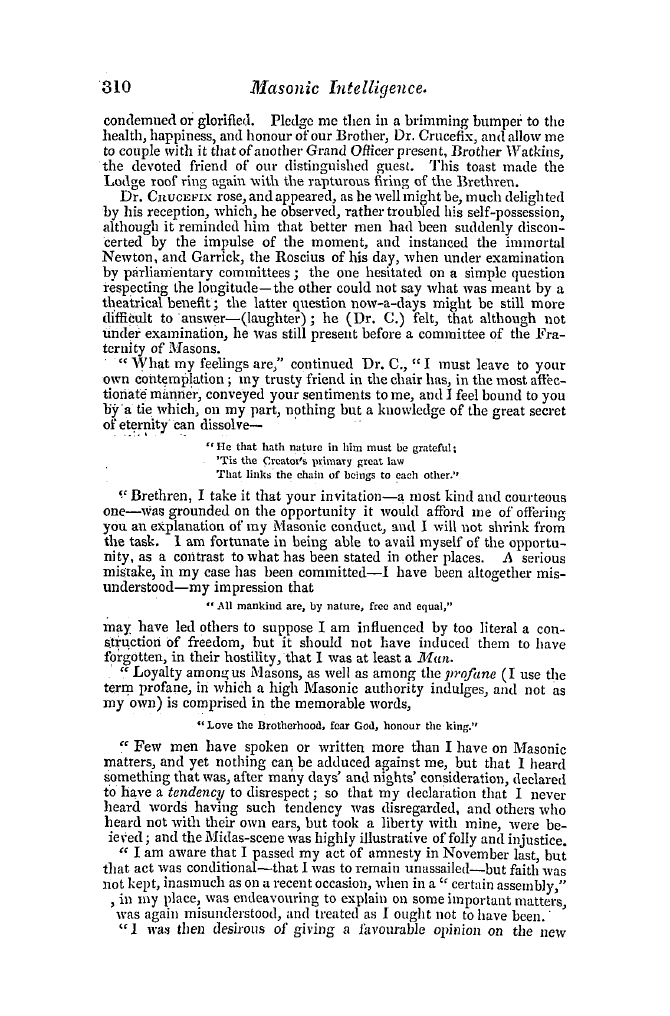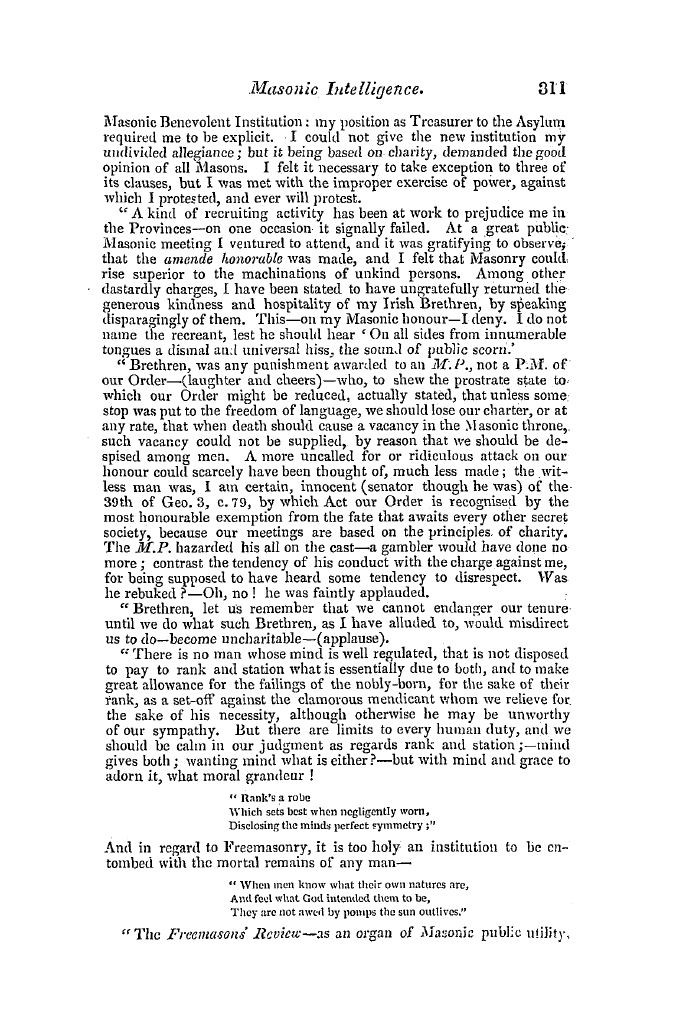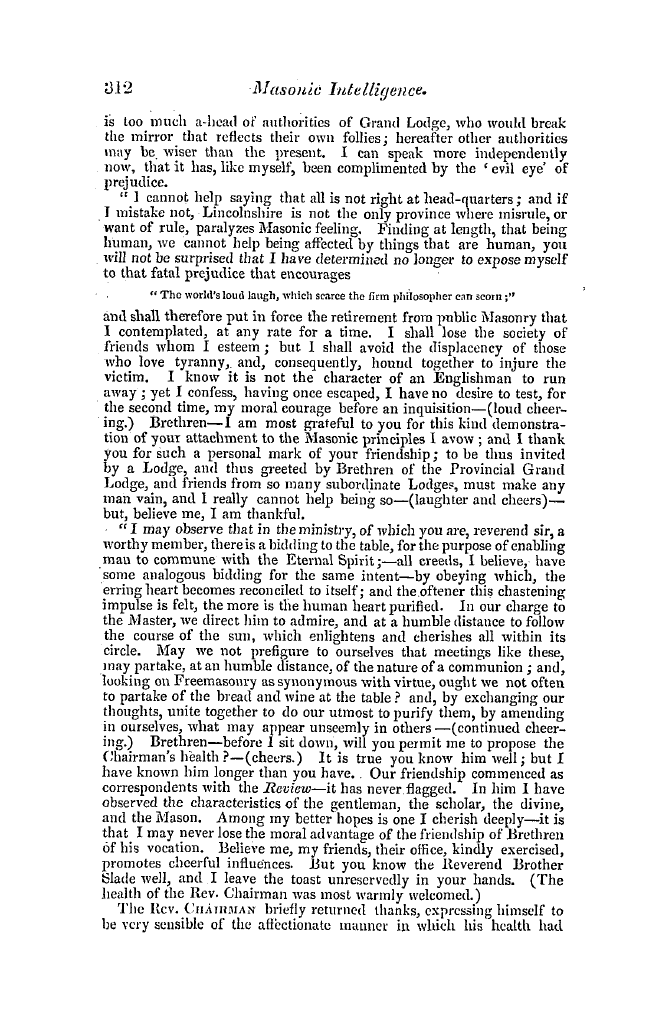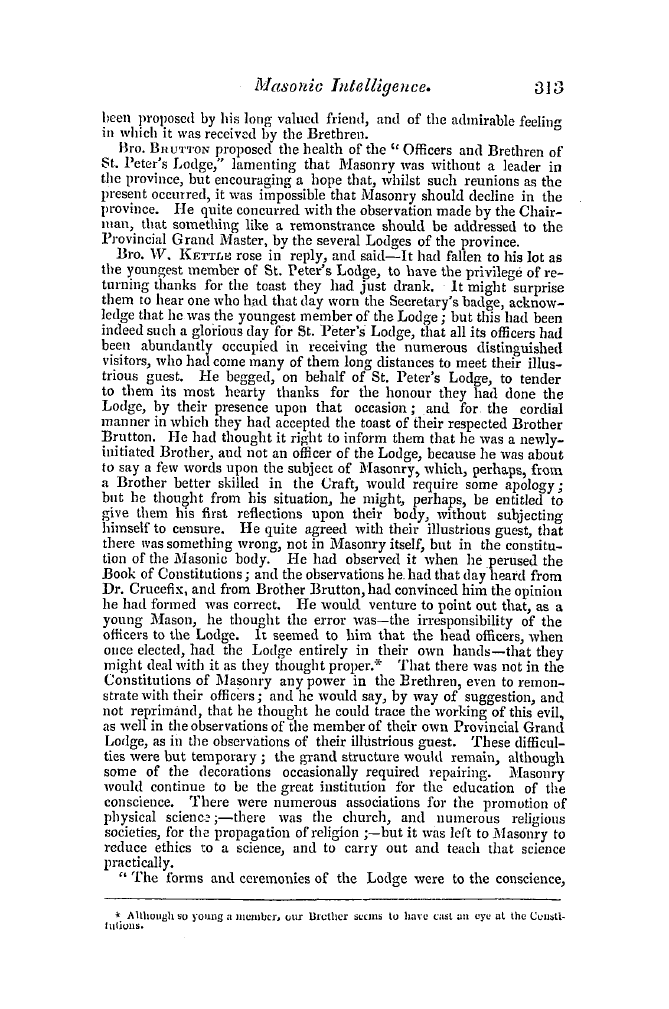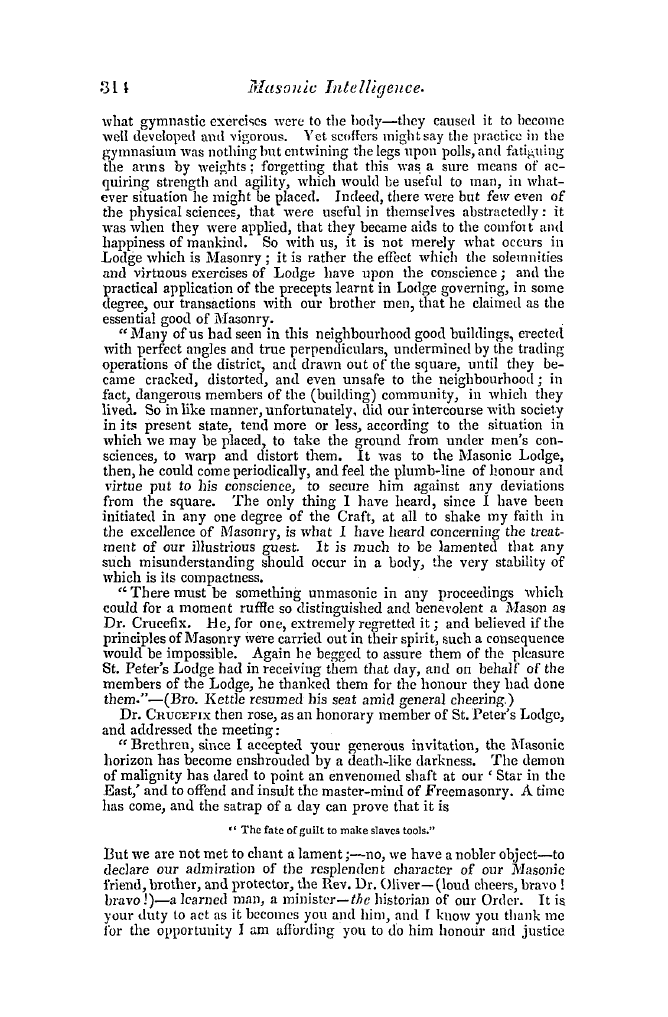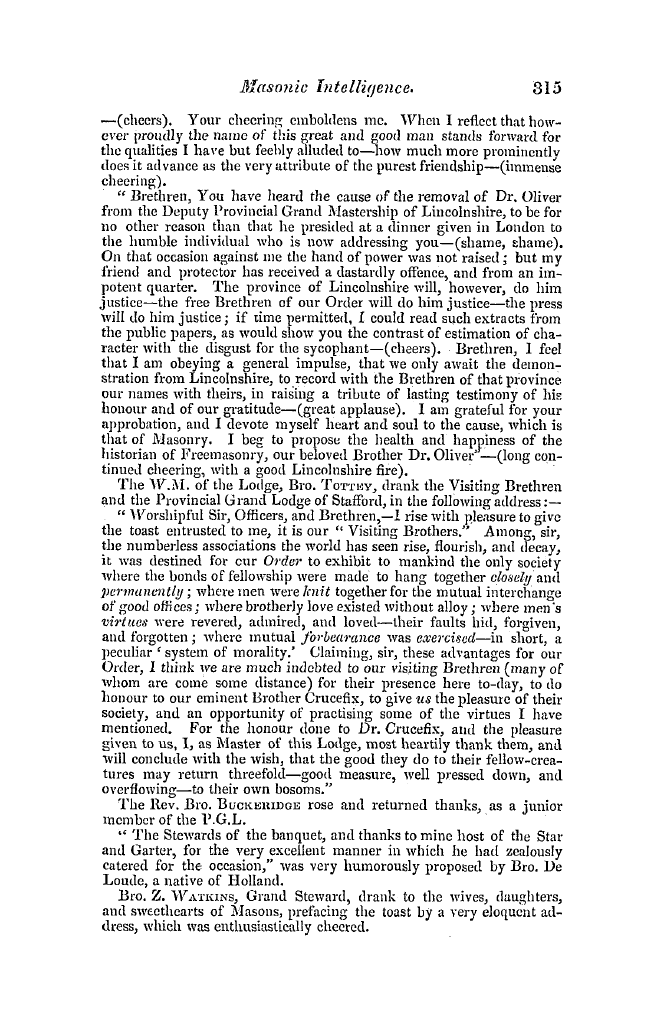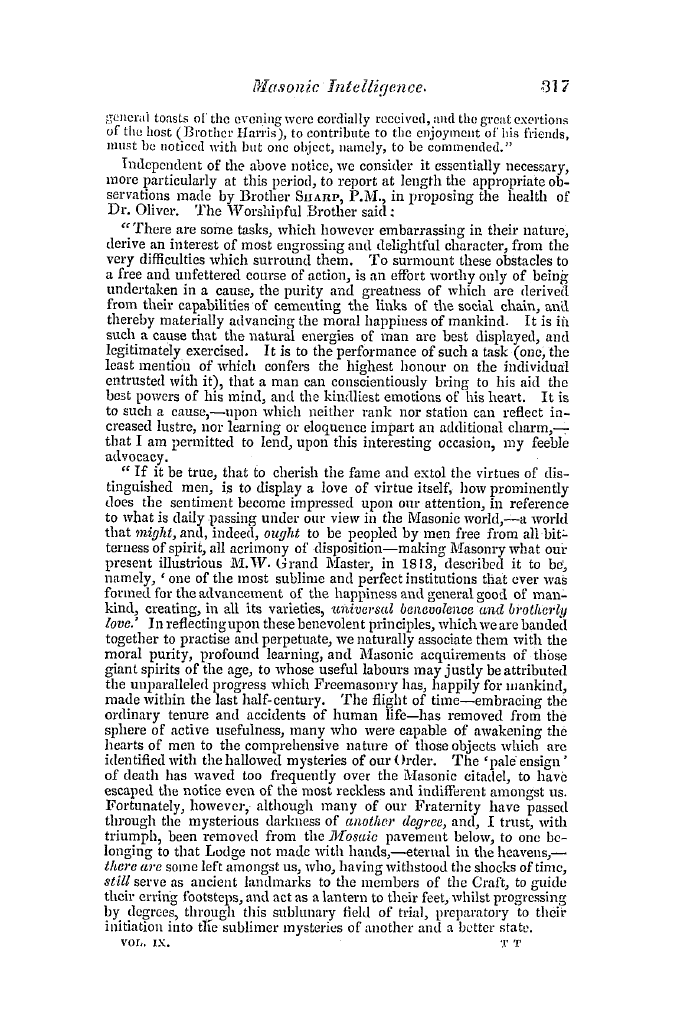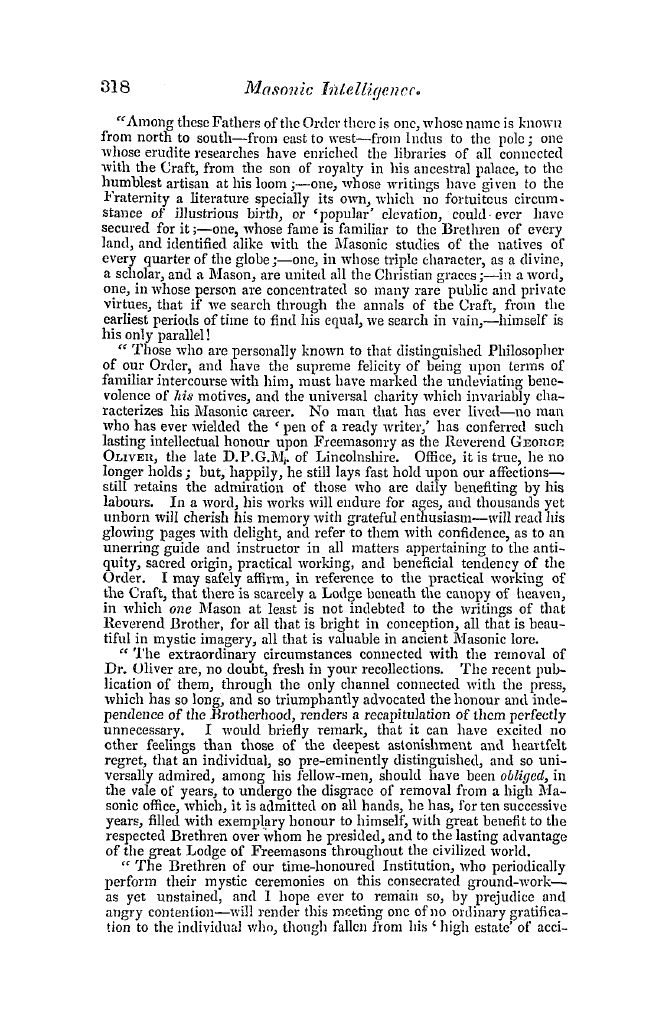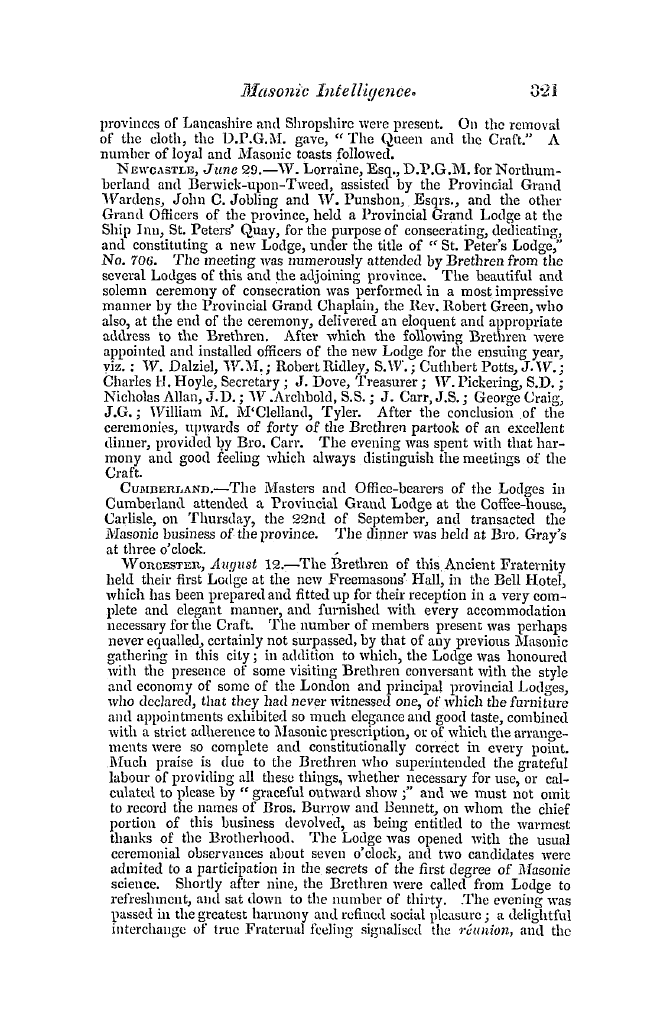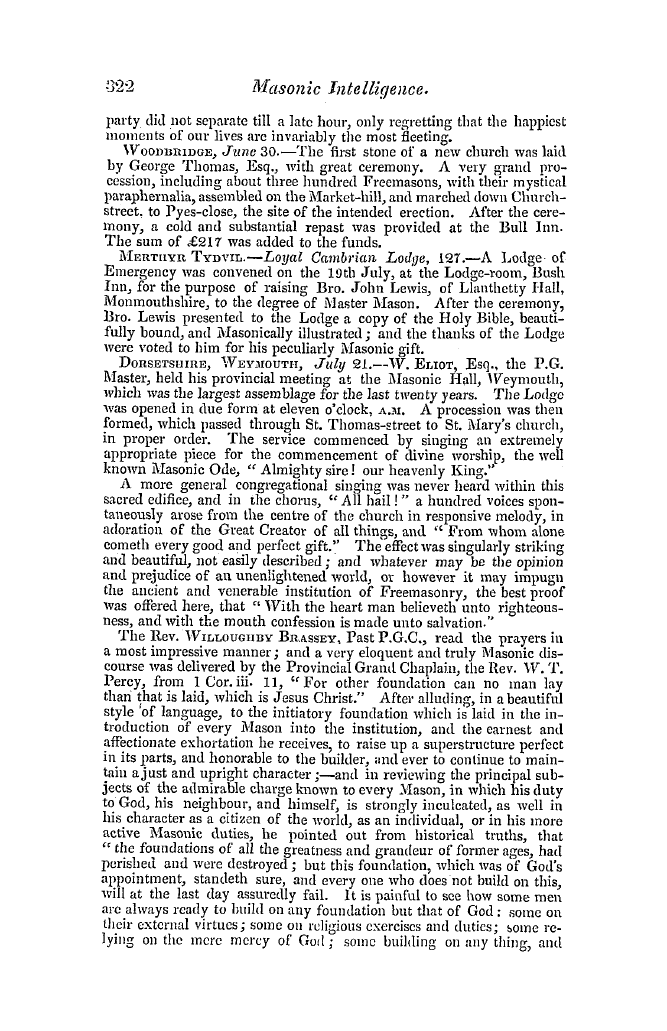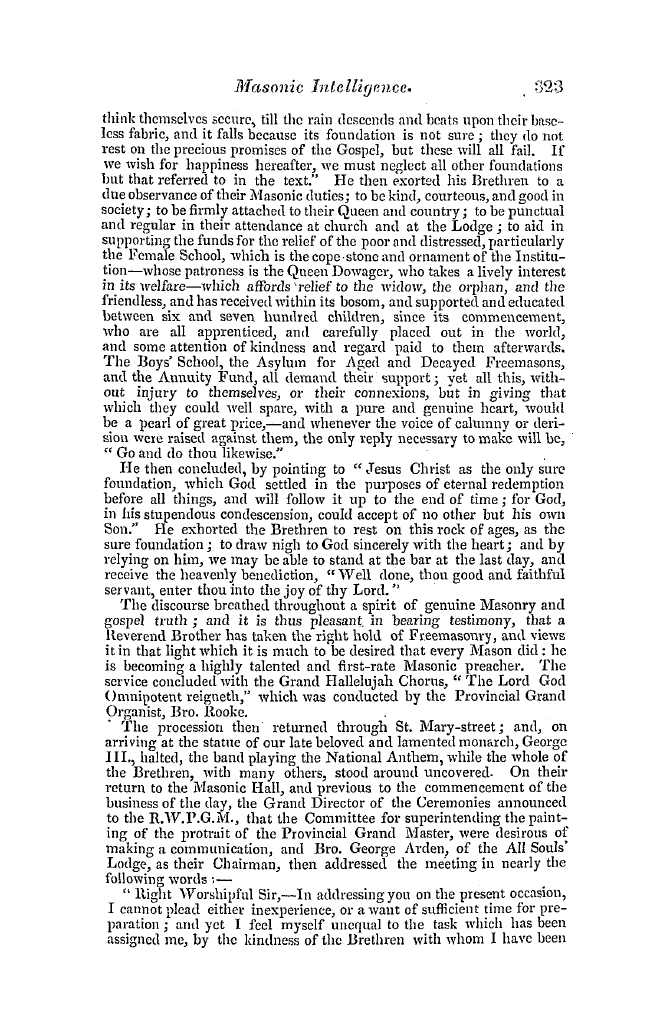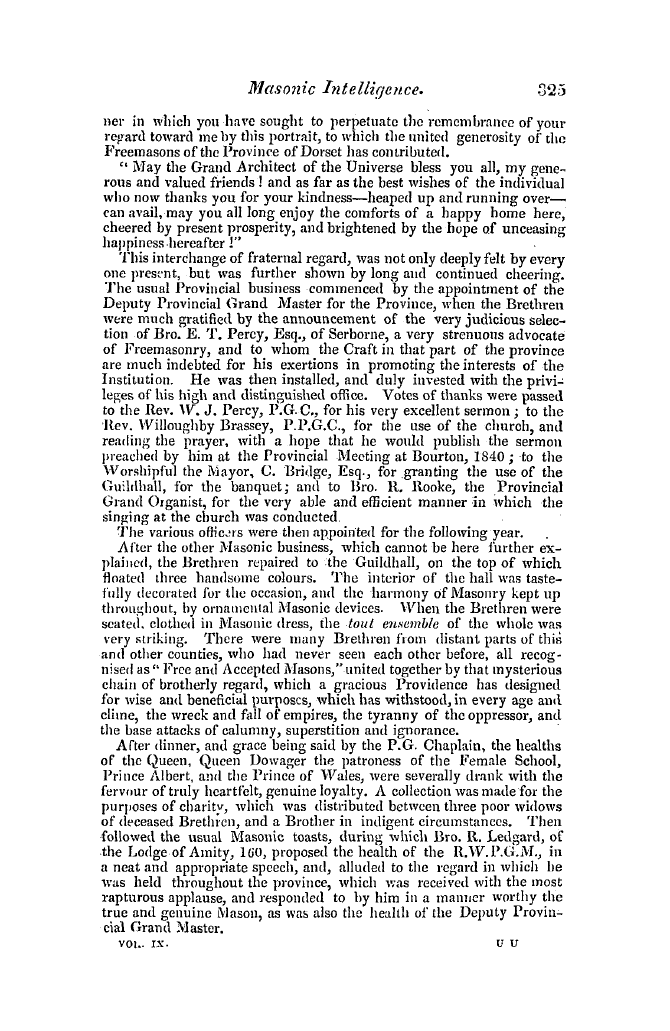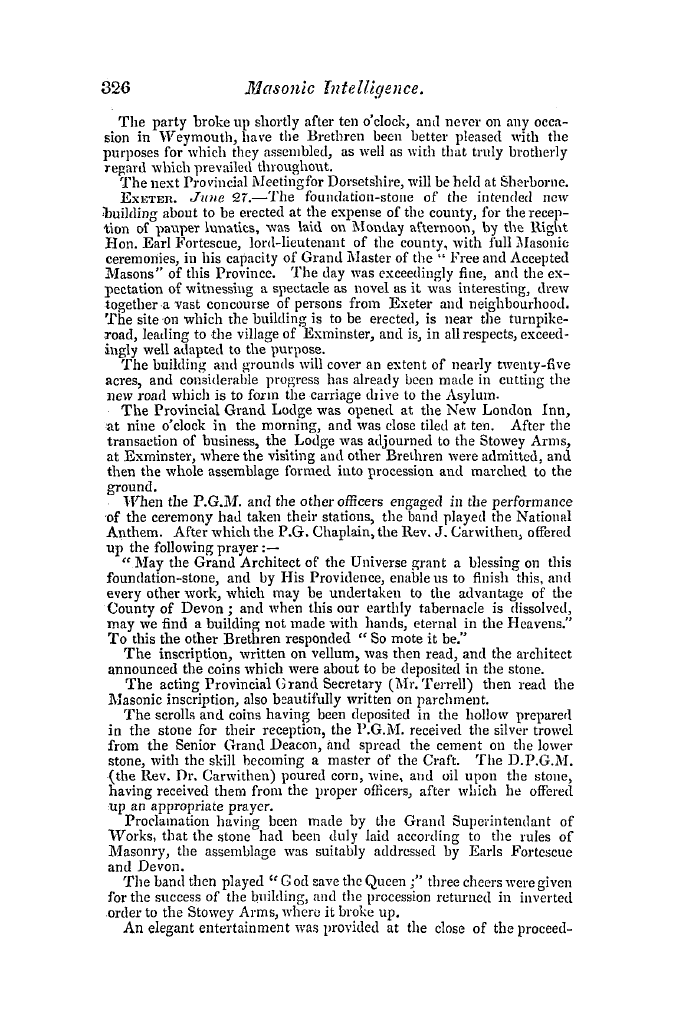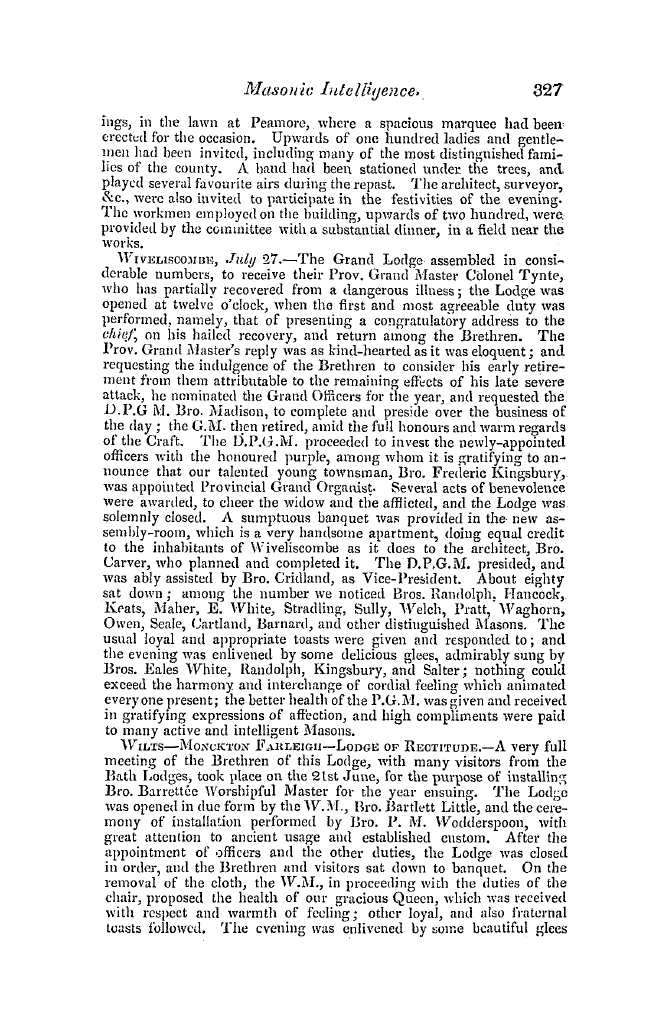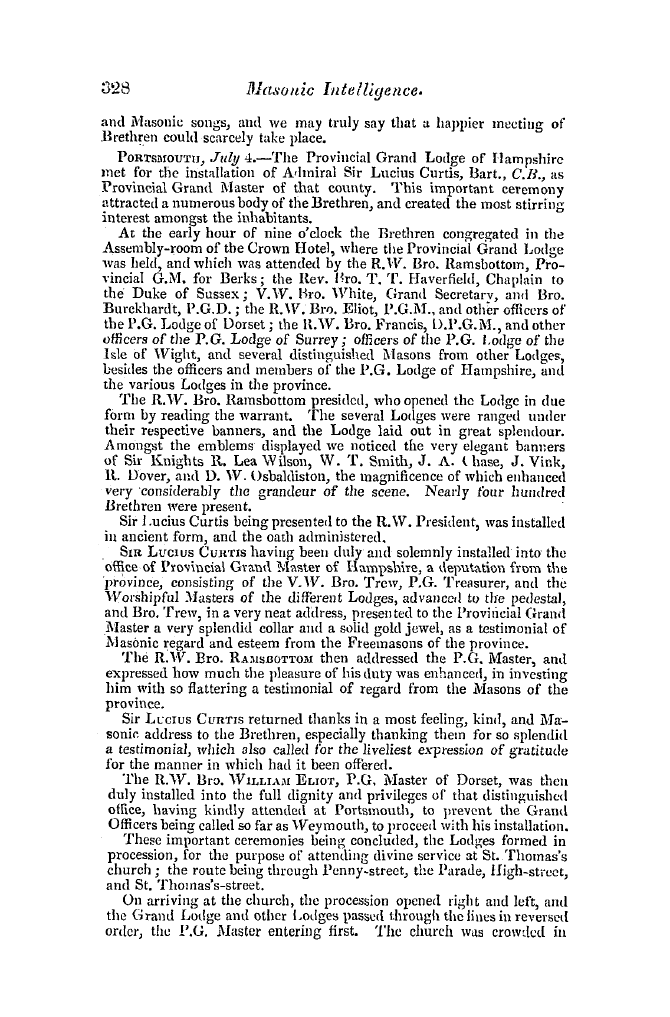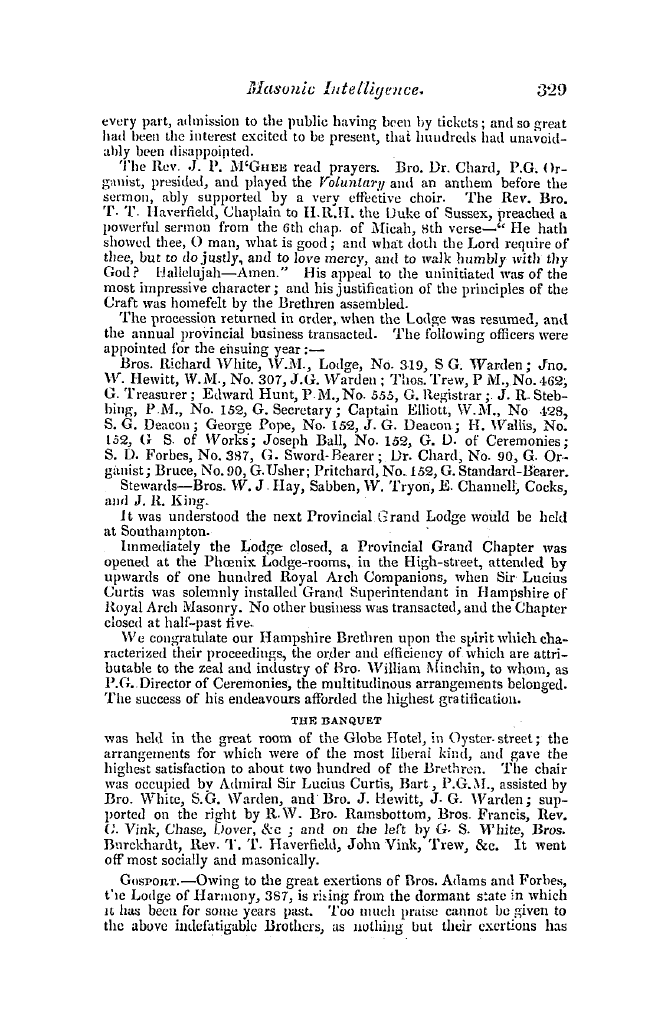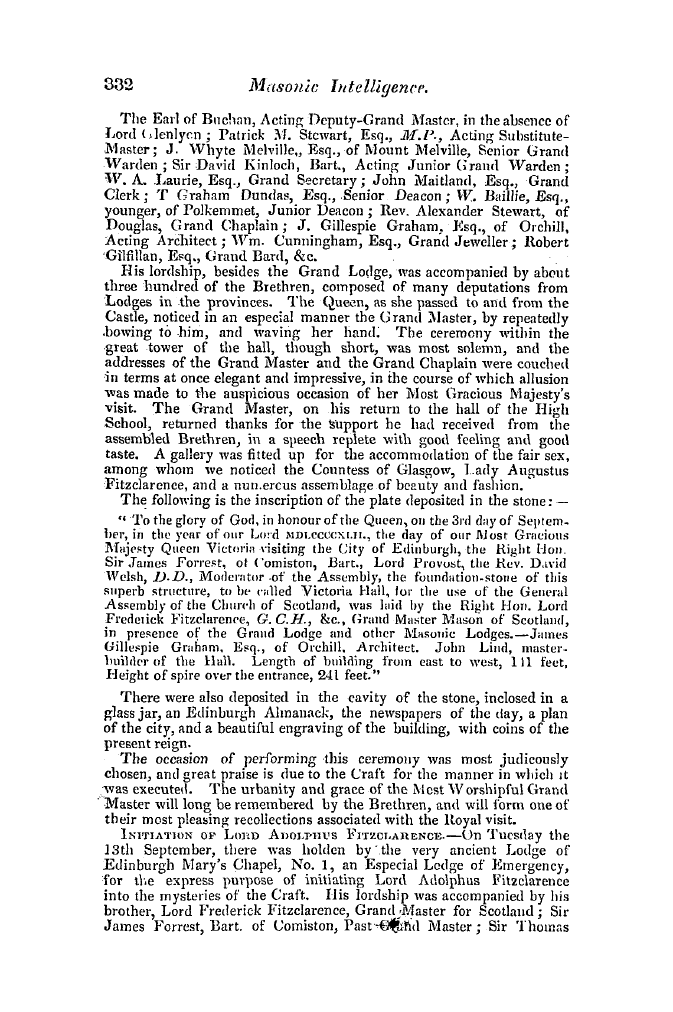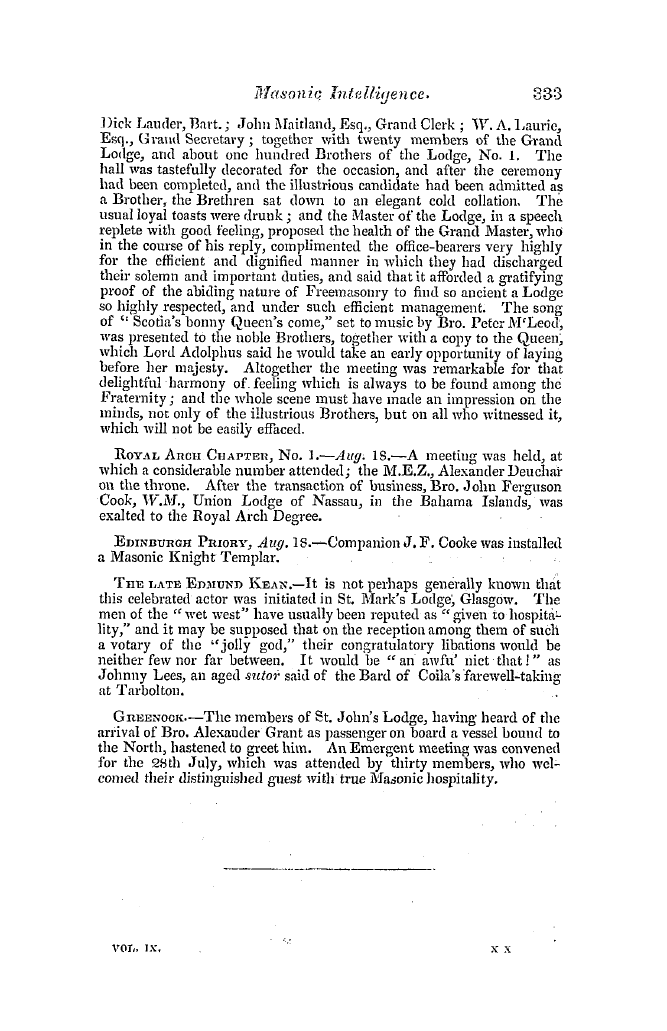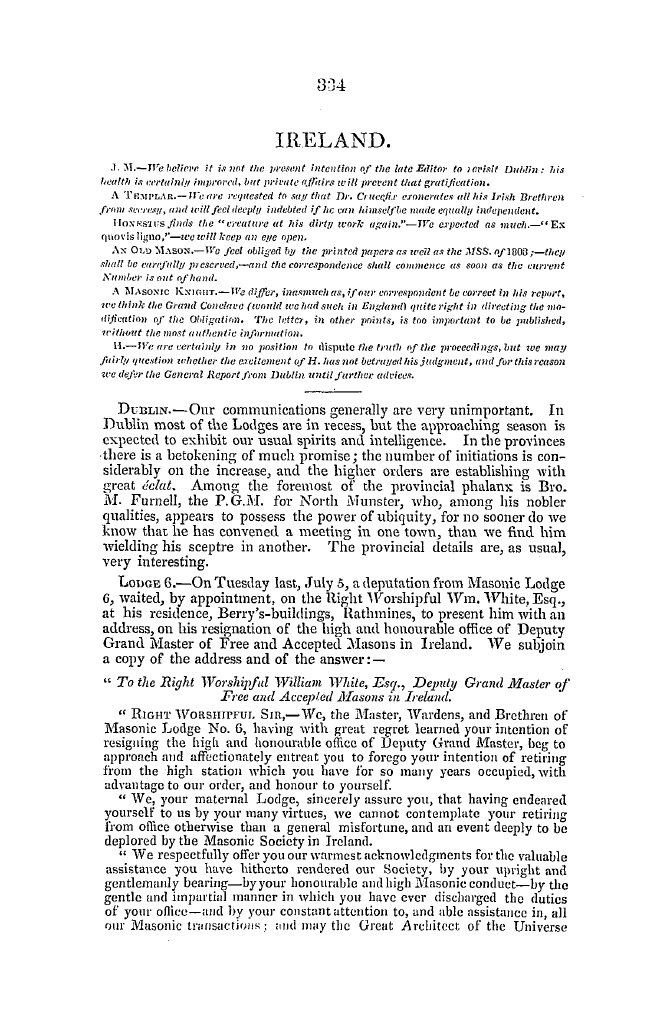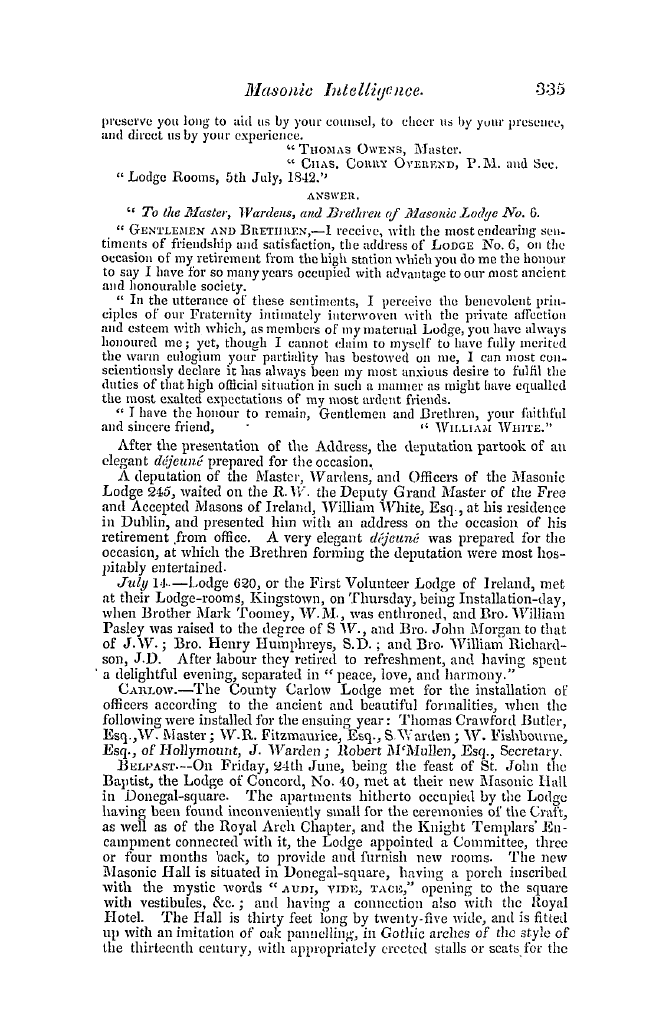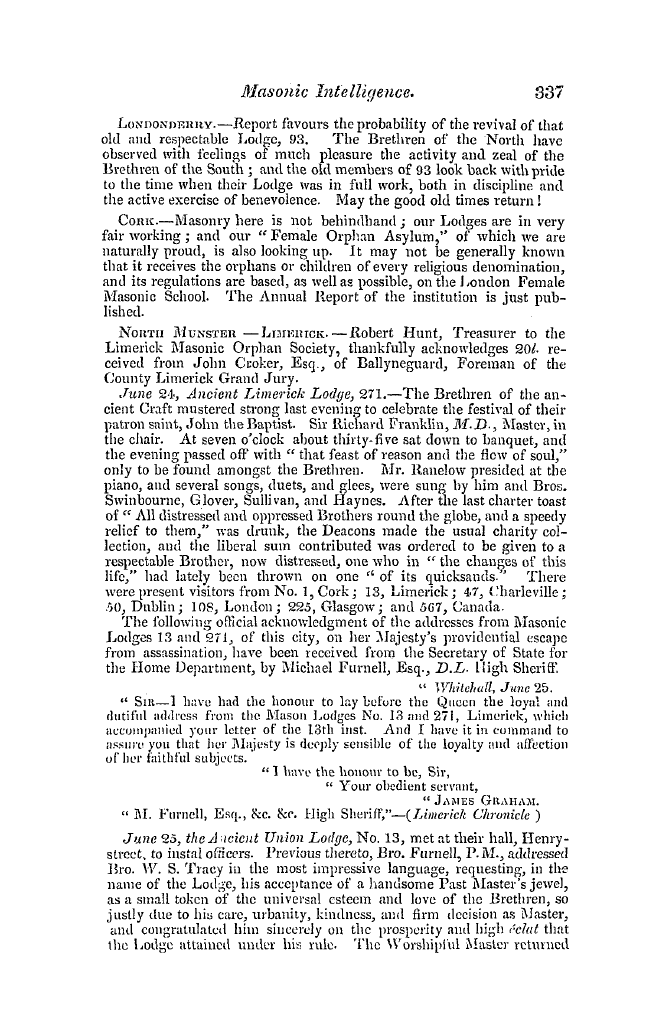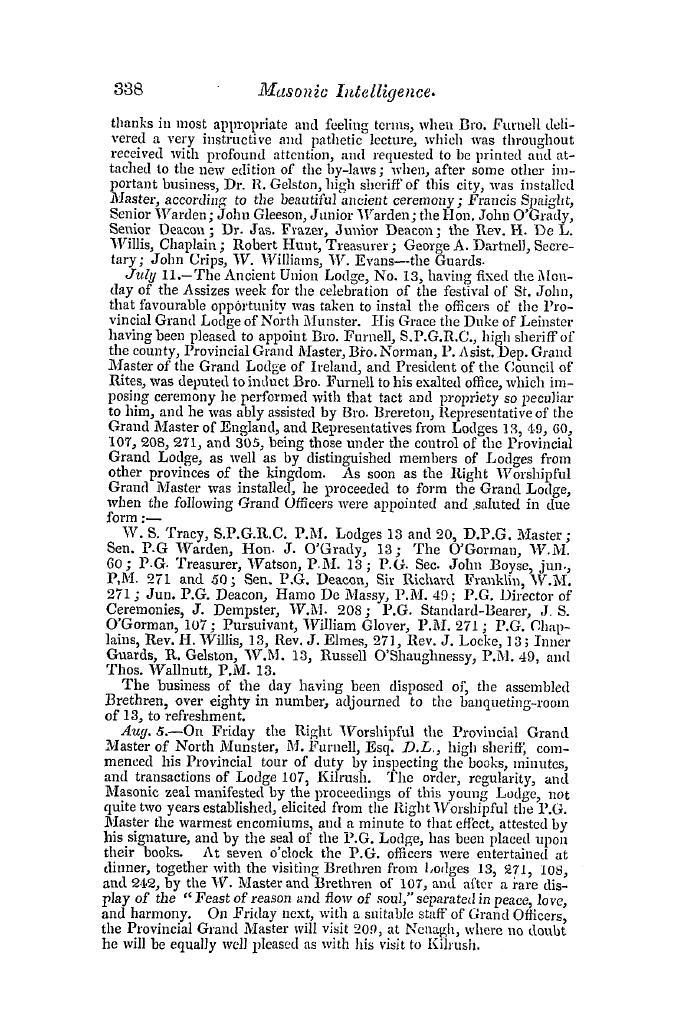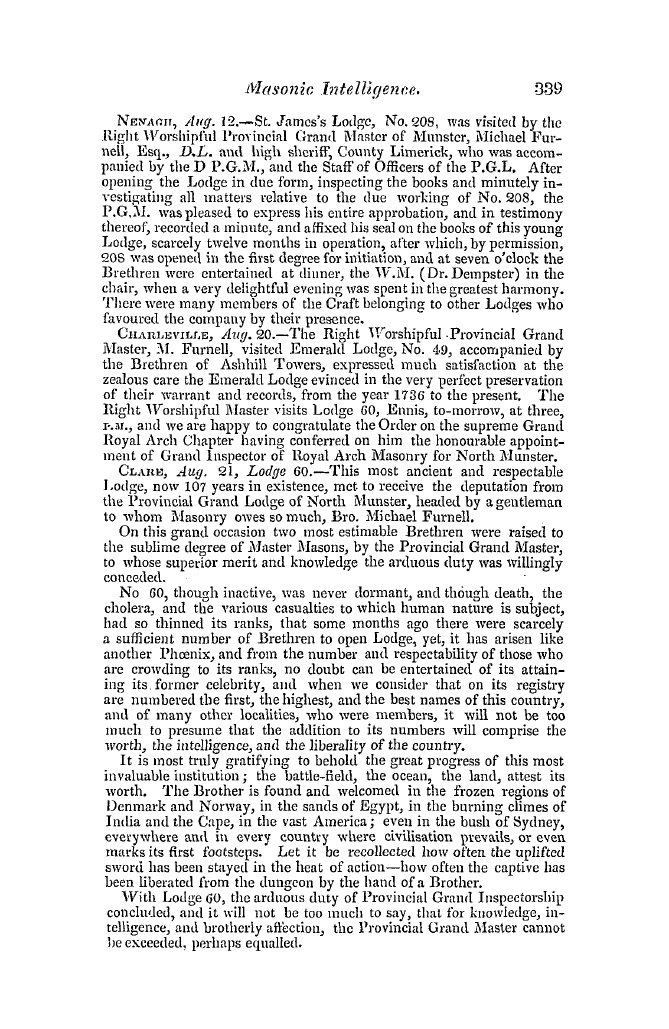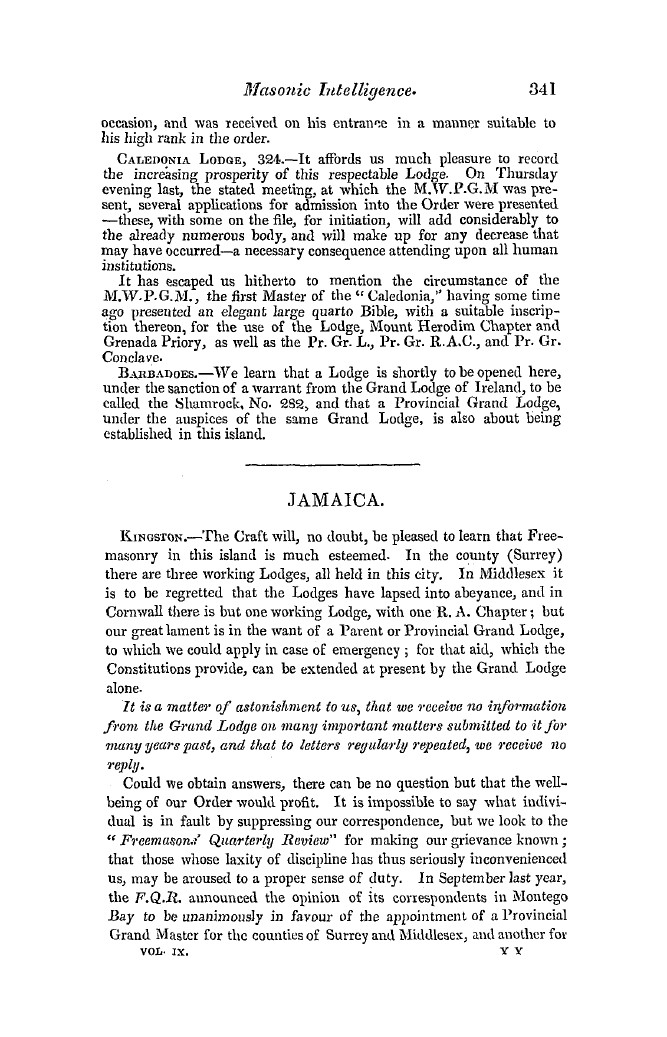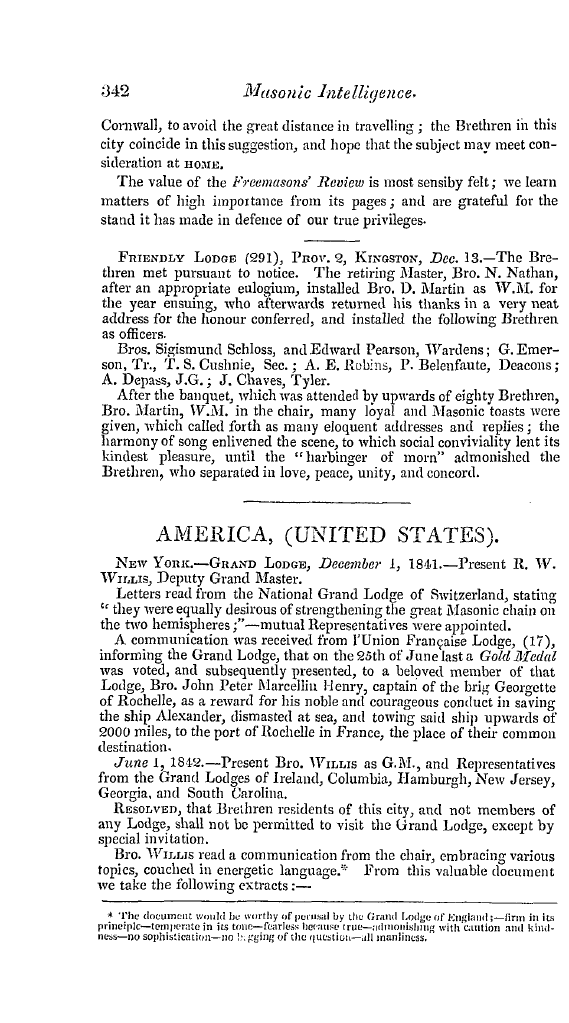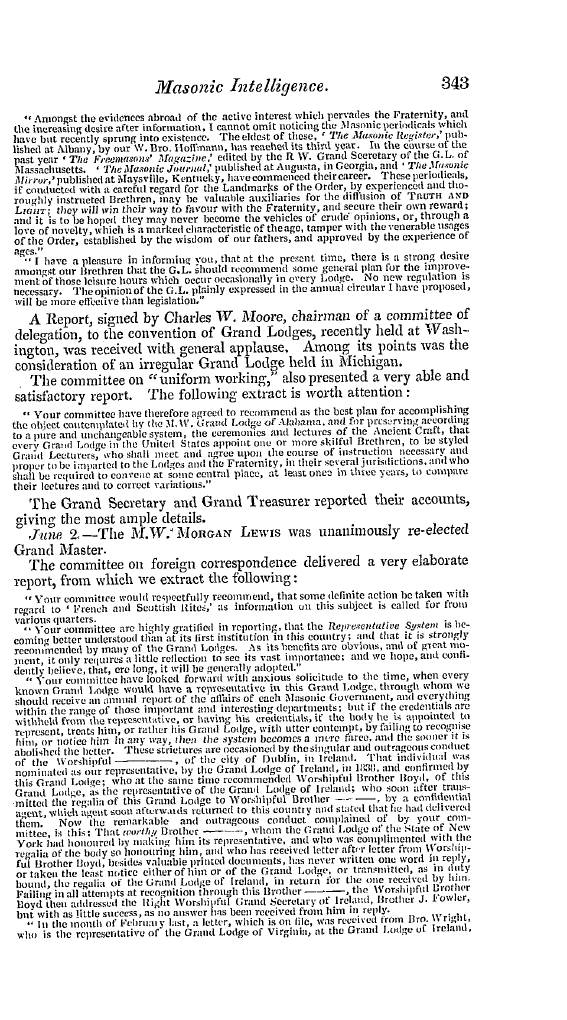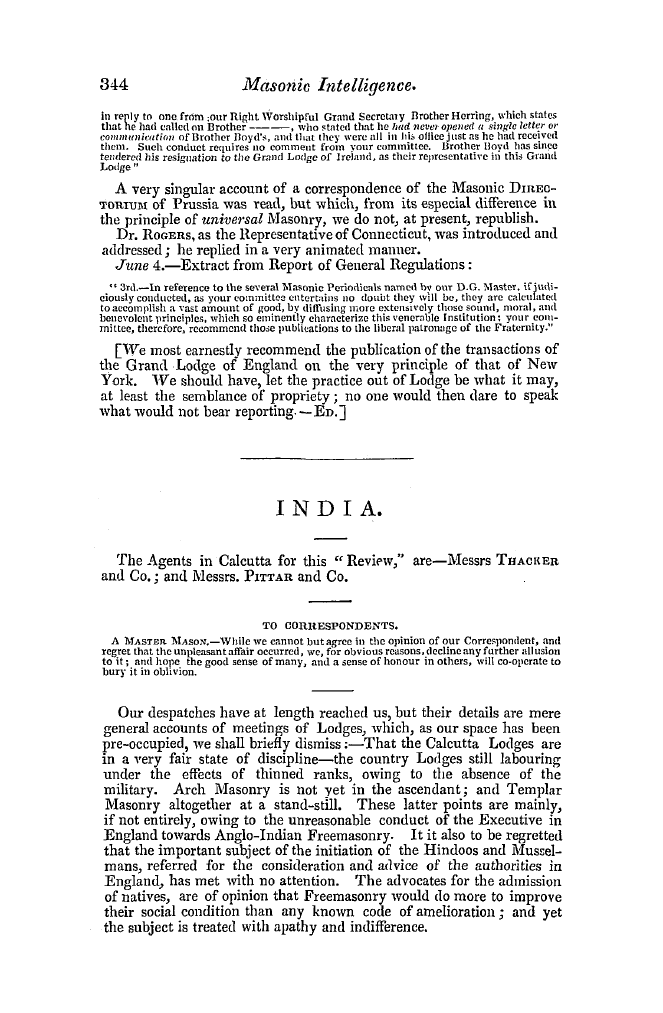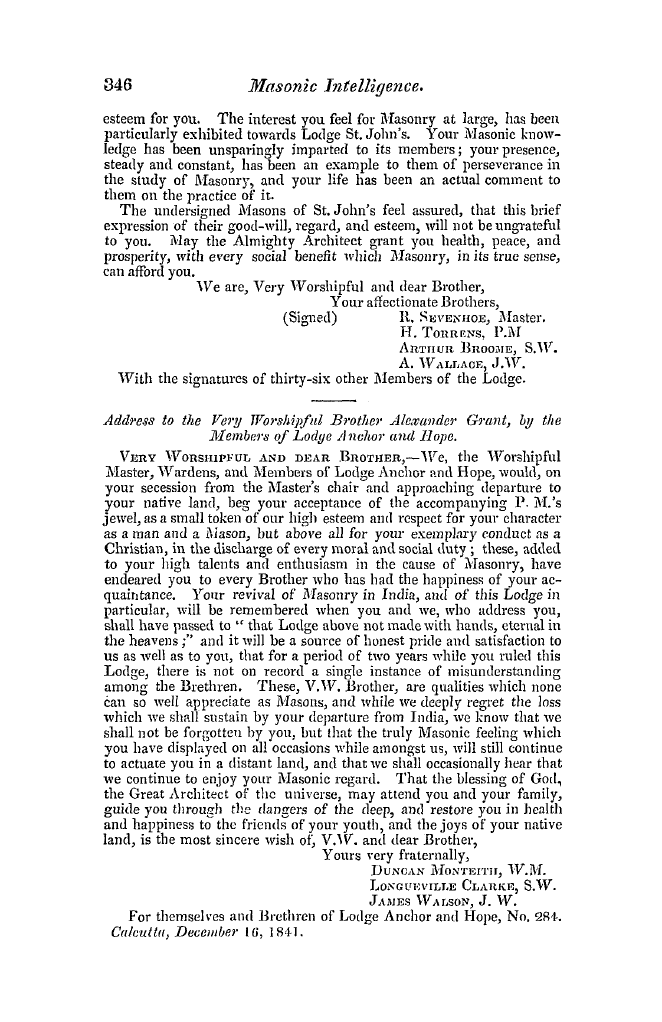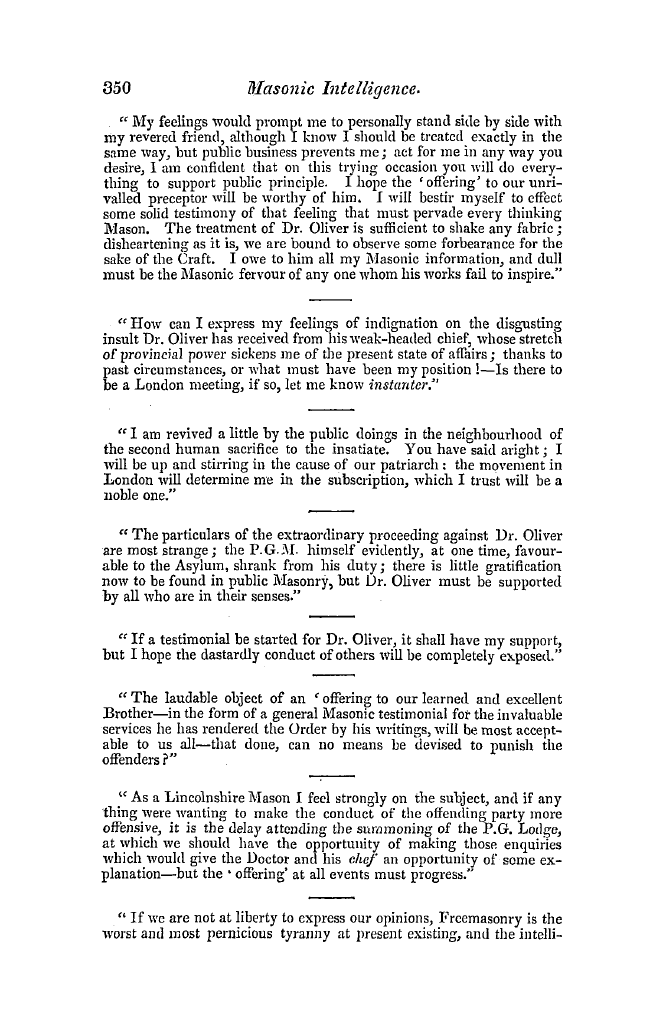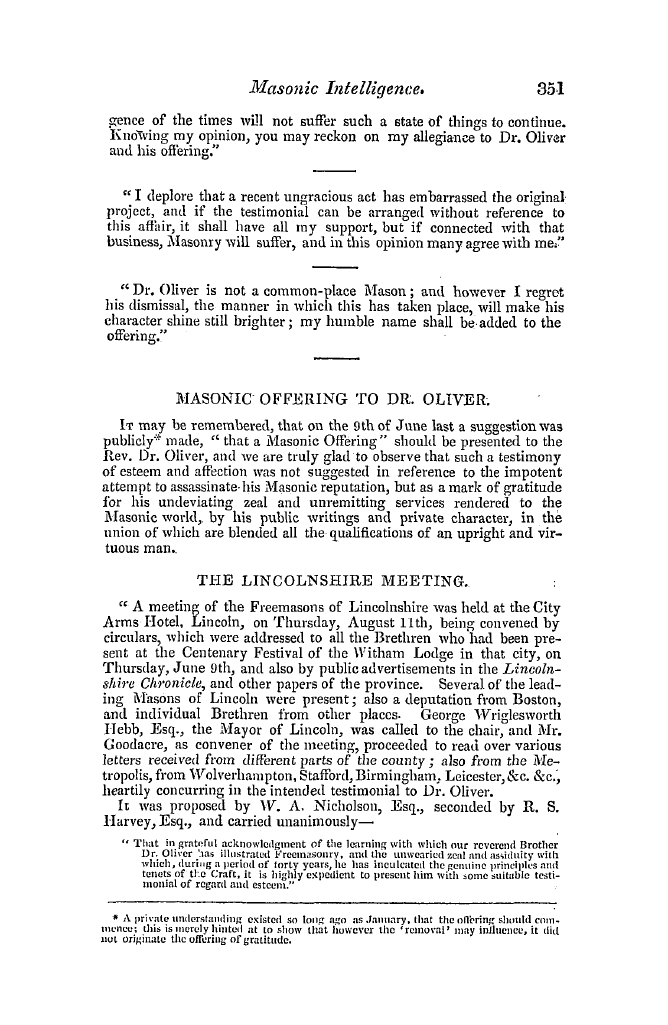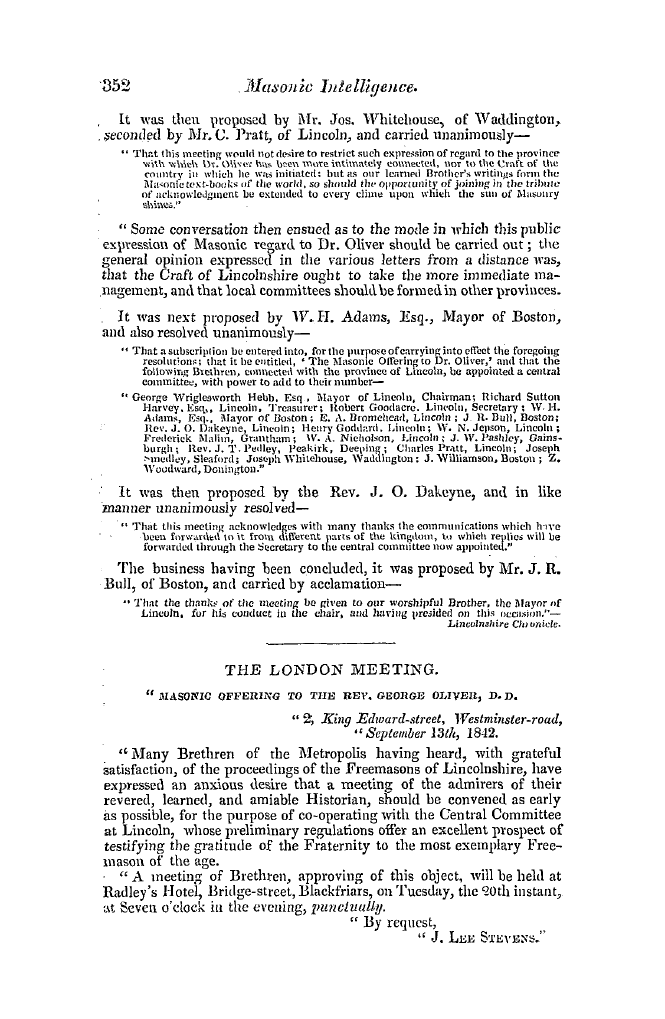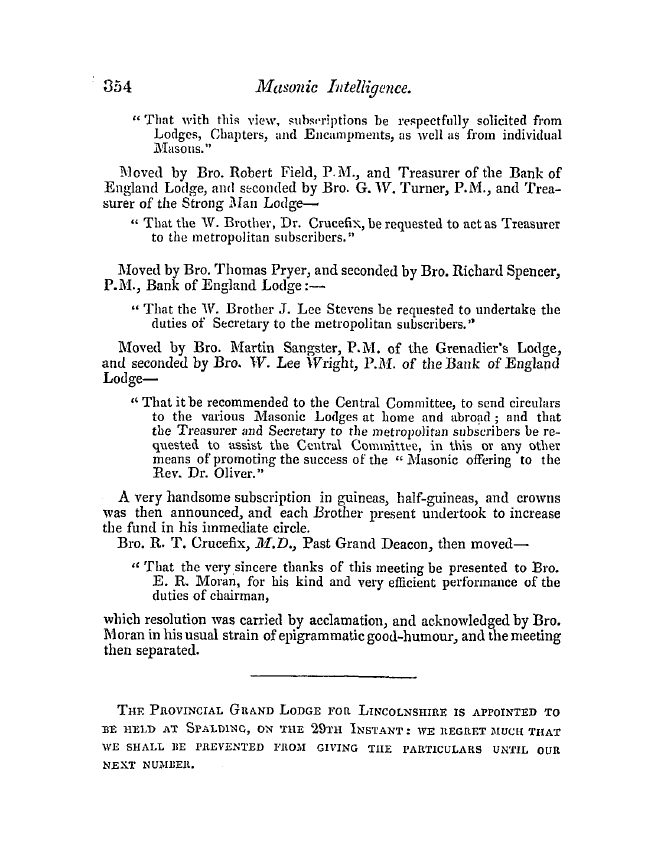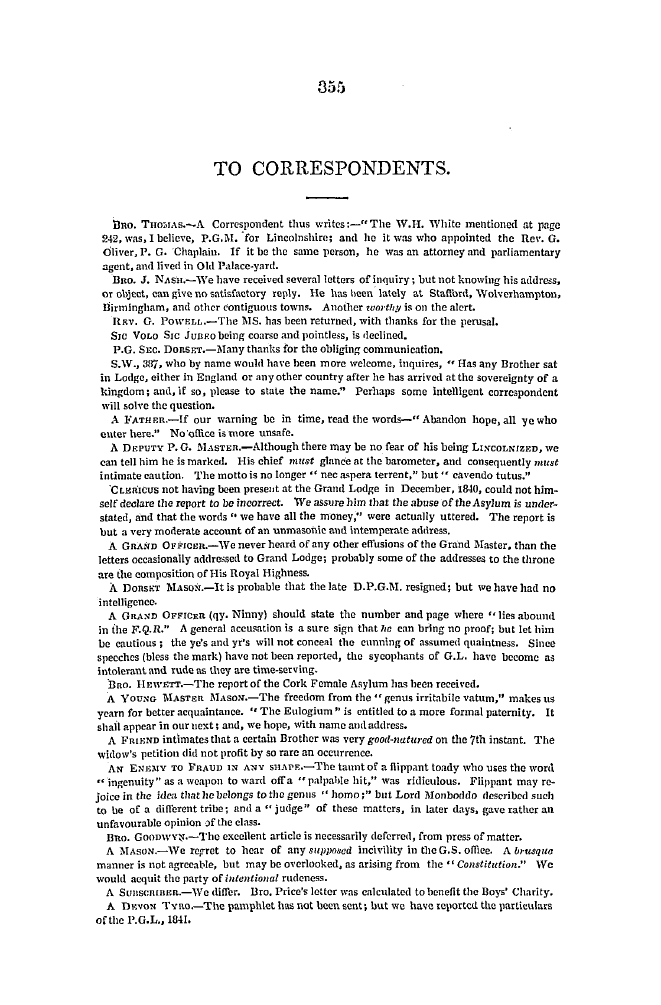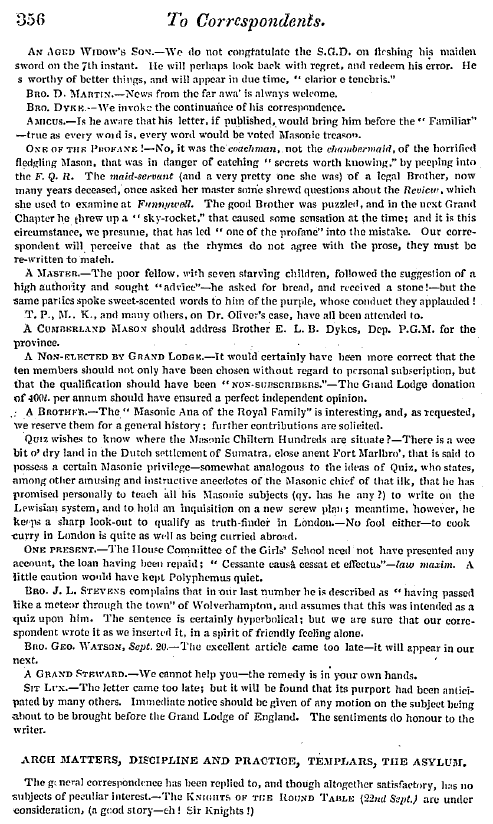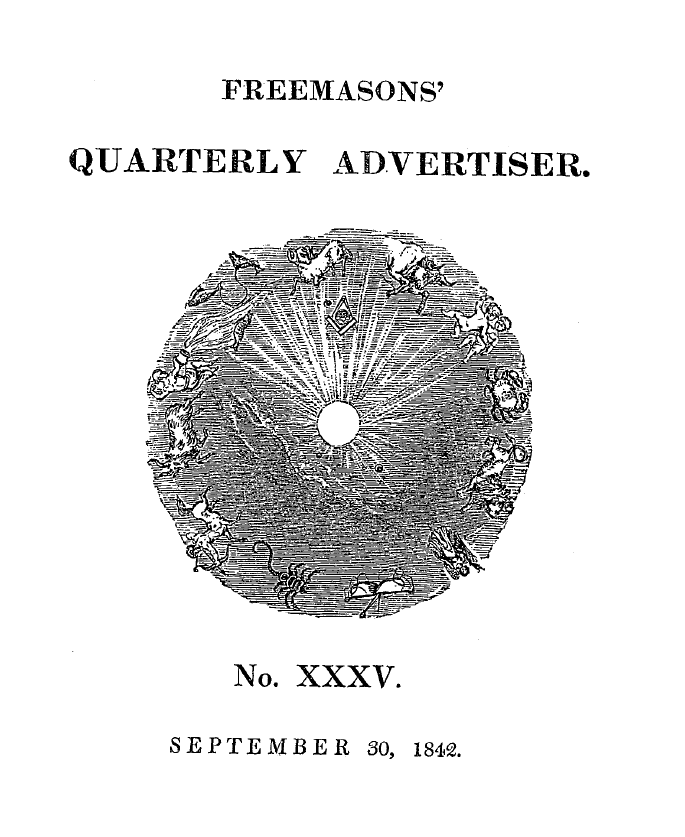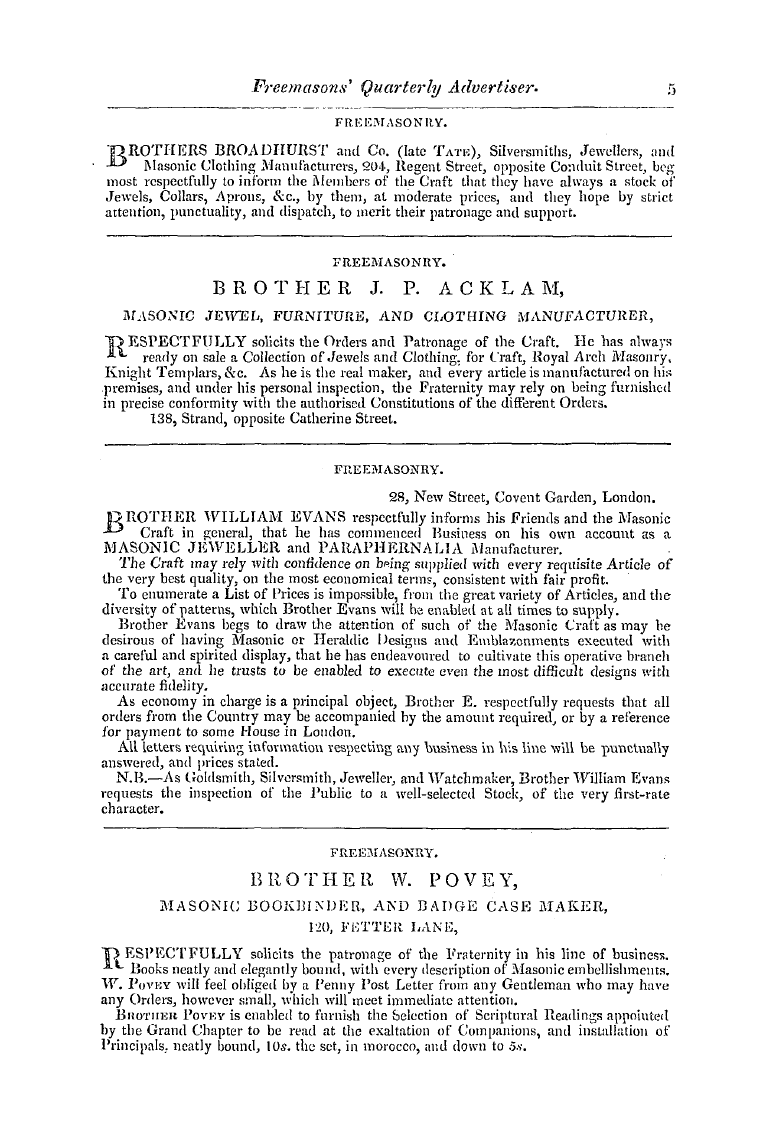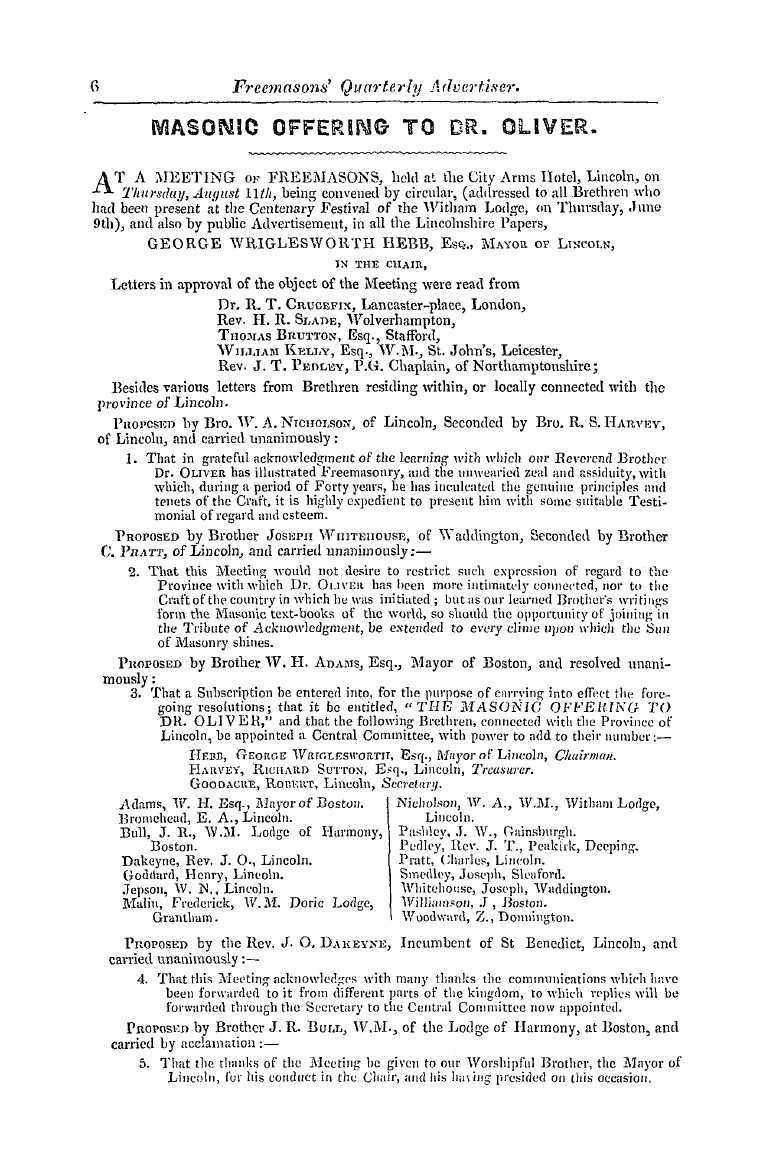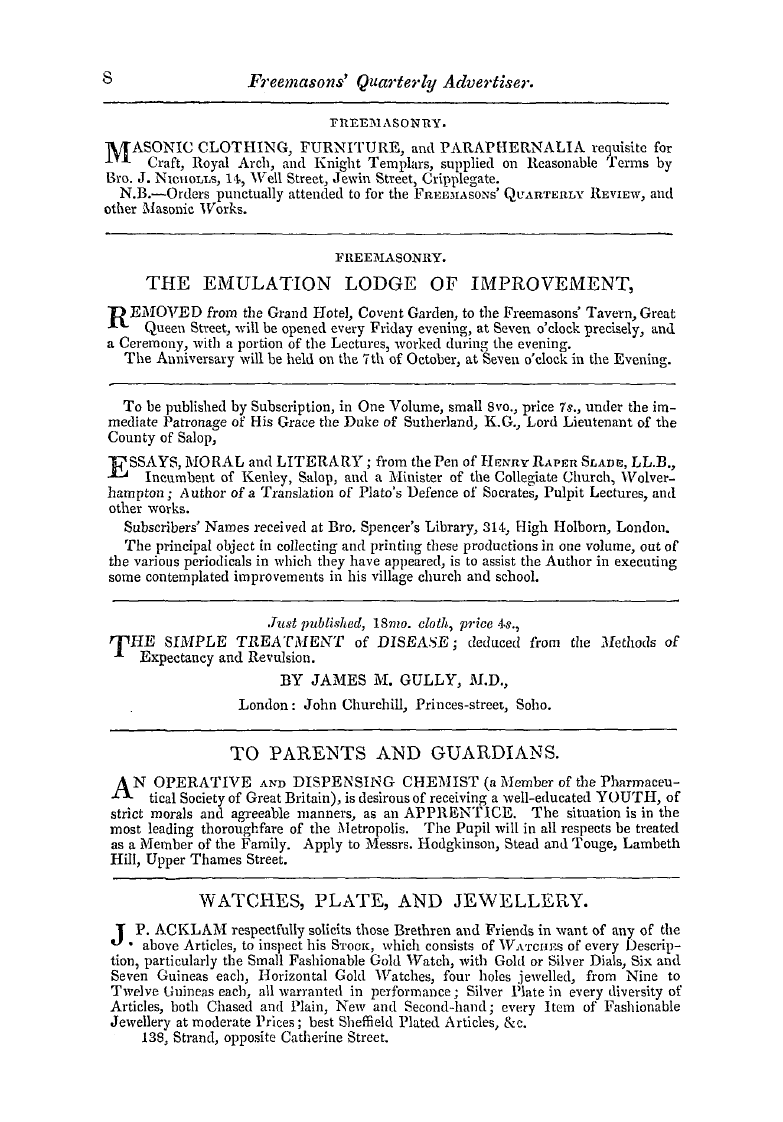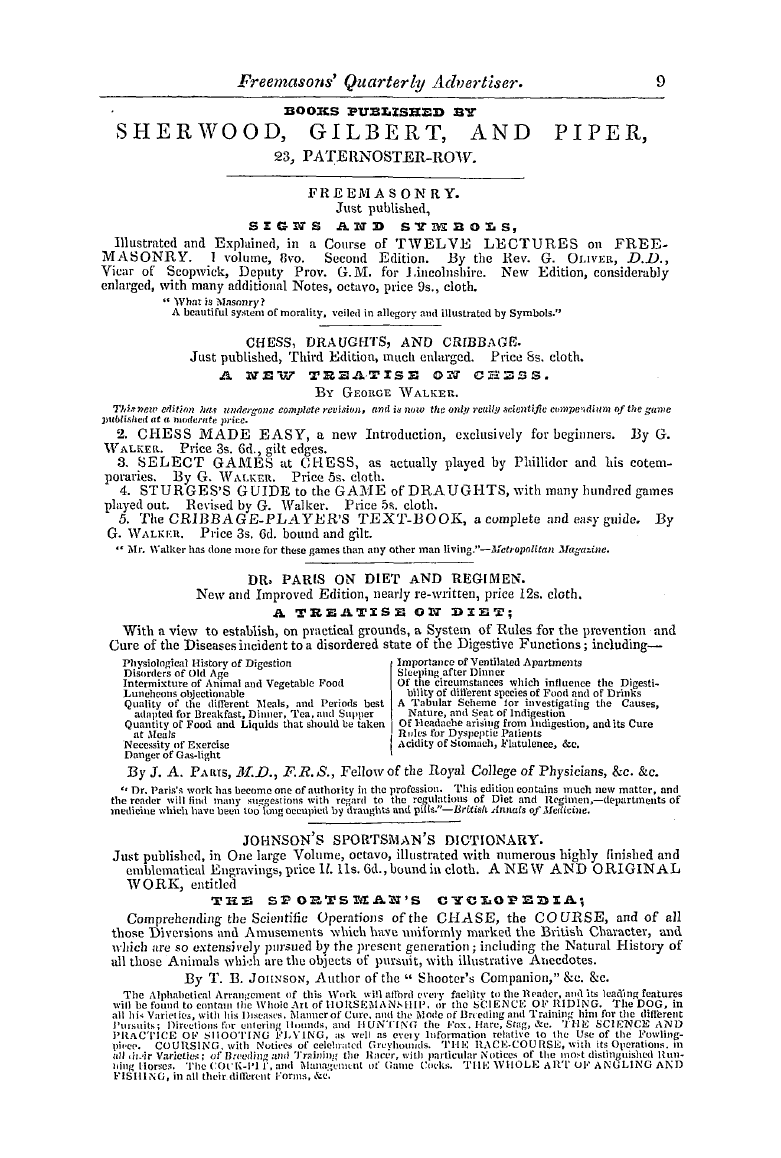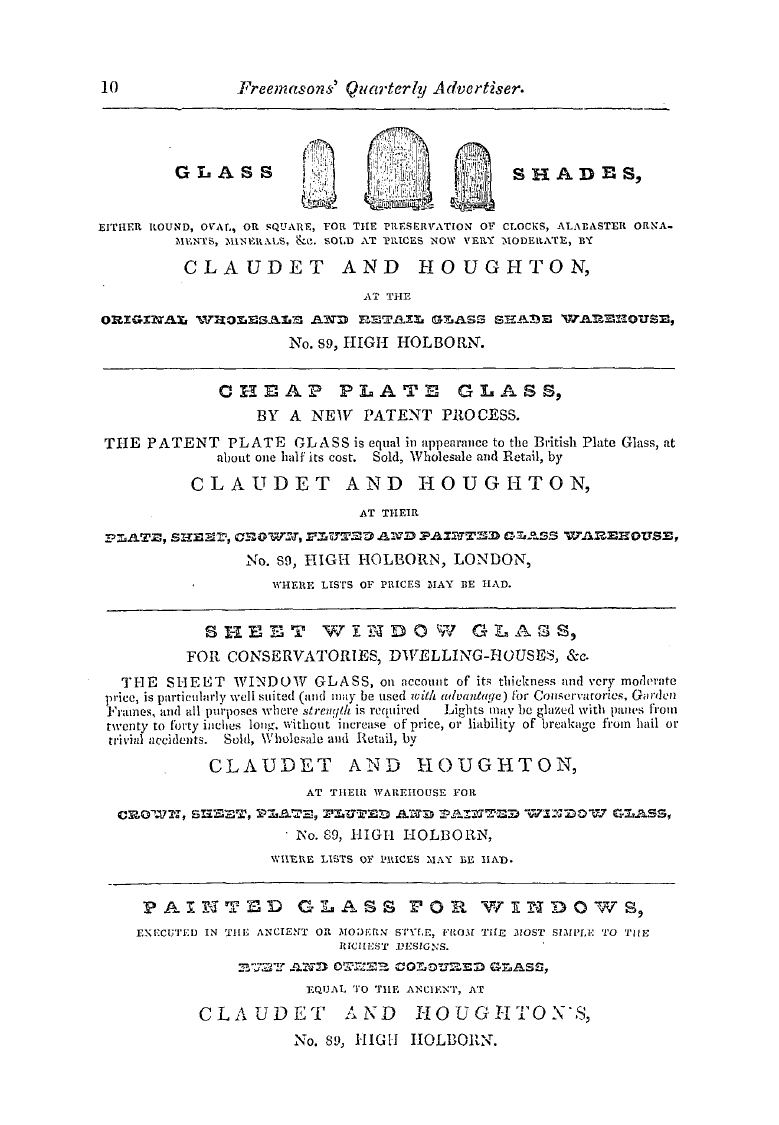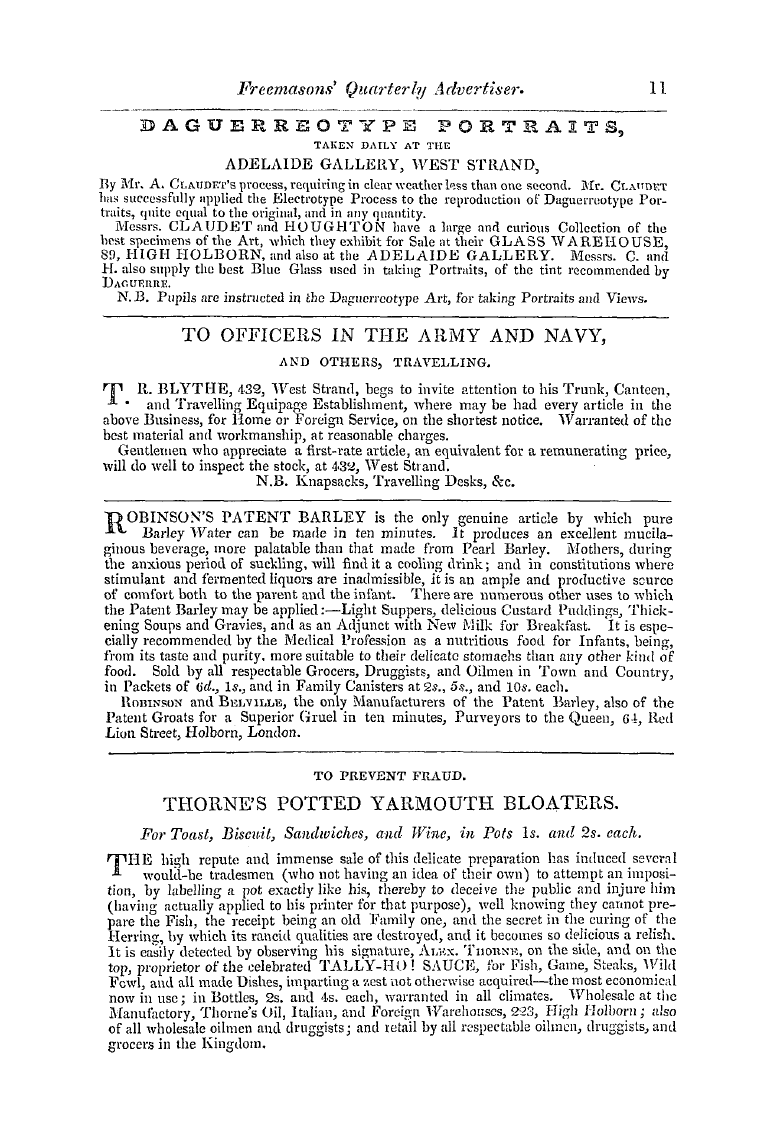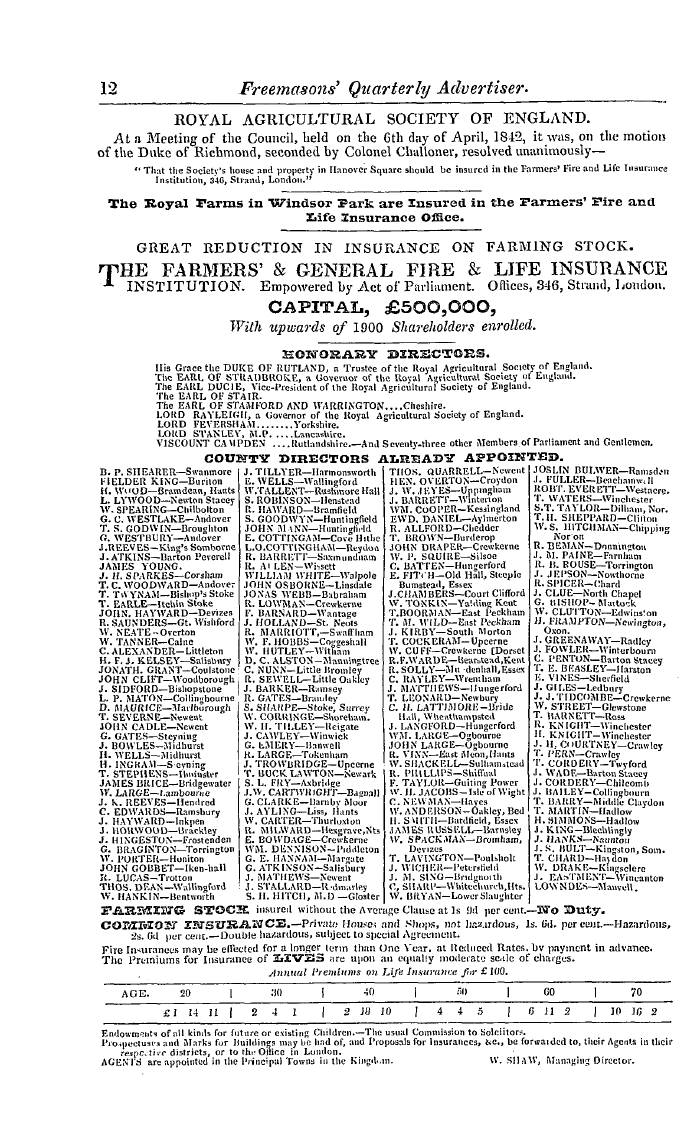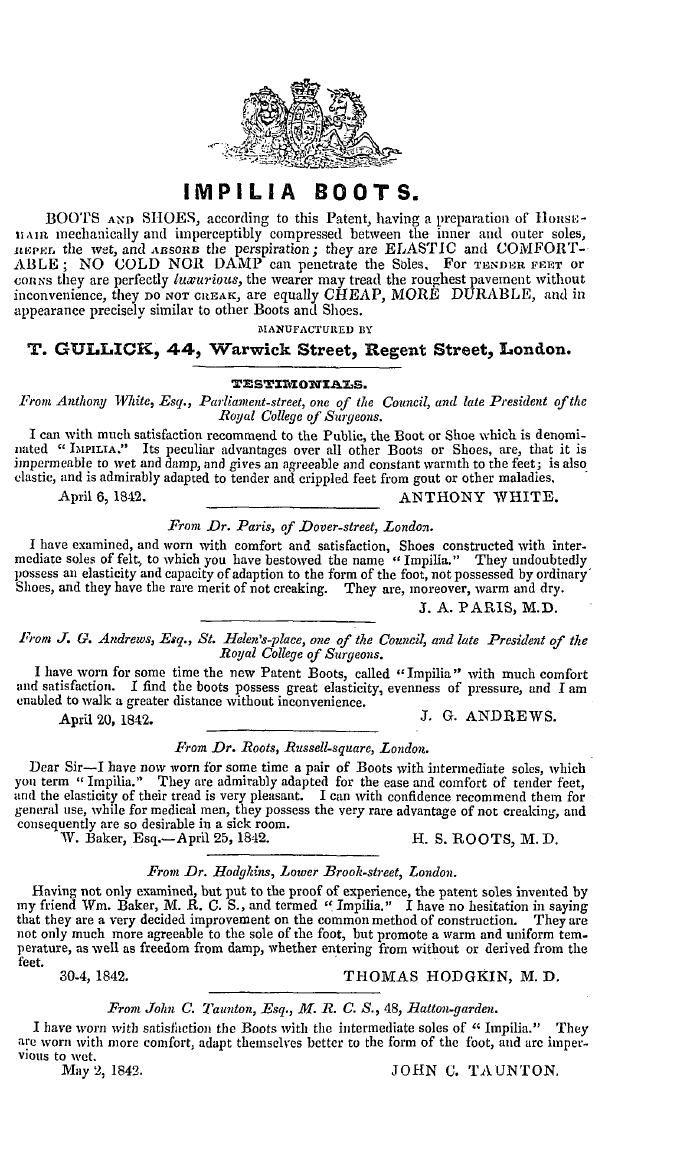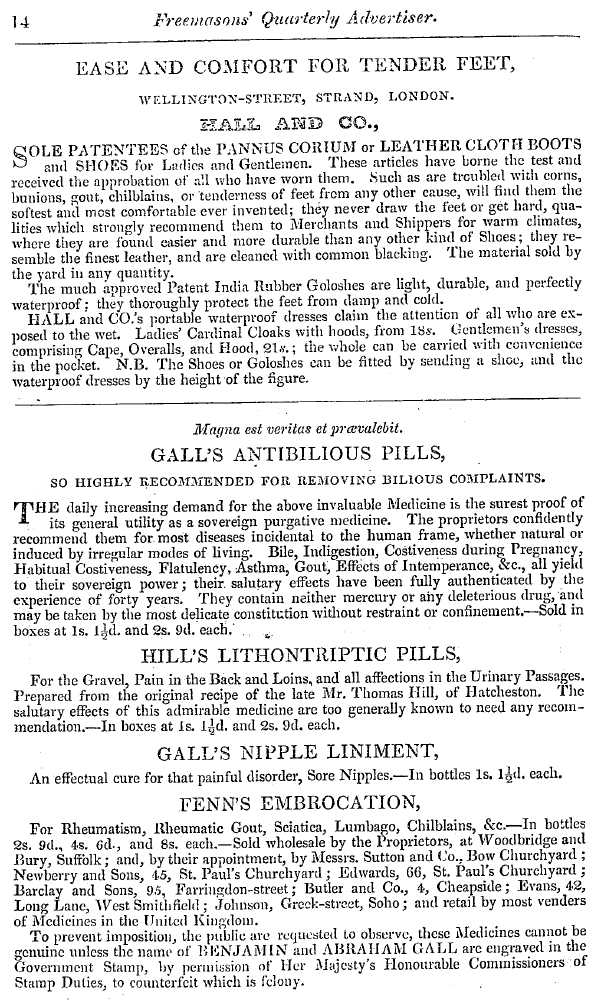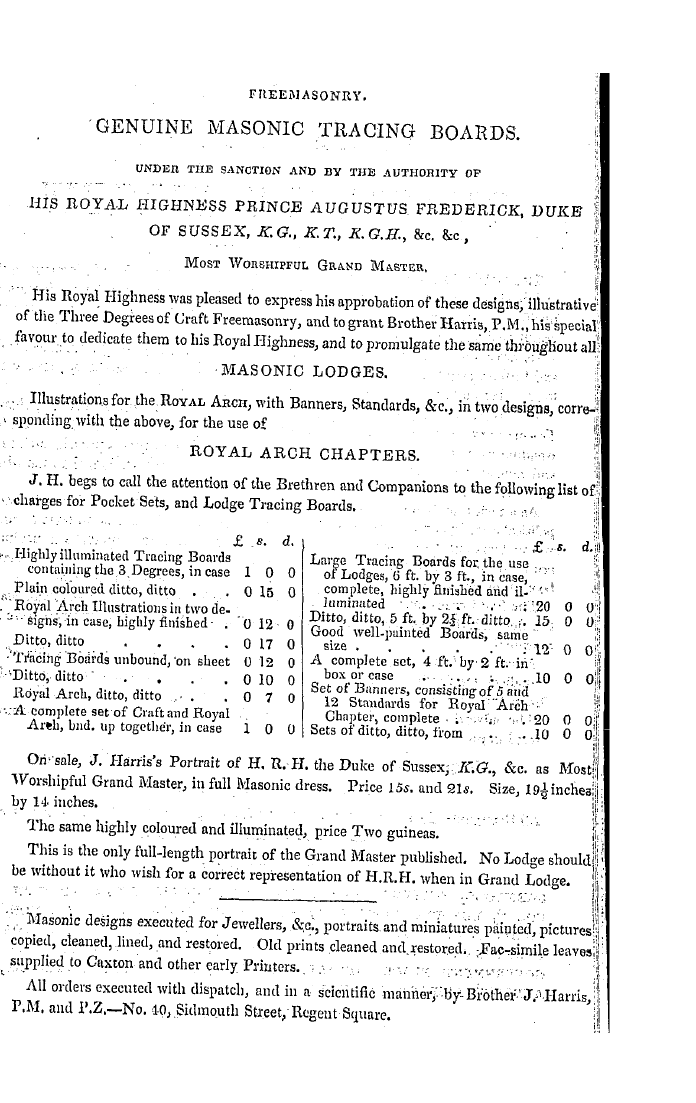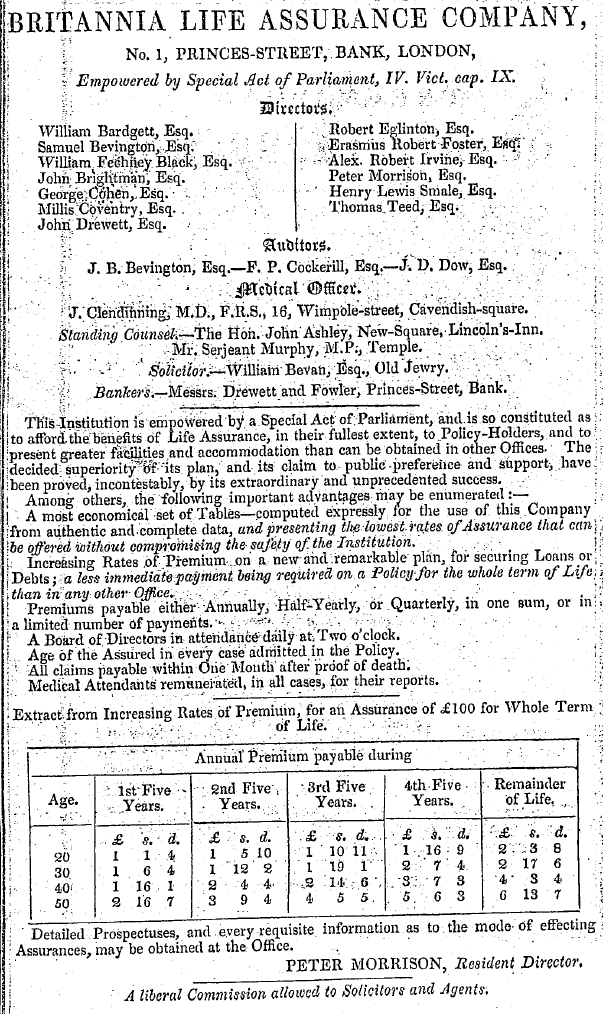Note: This text has been automatically extracted via Optical Character Recognition (OCR) software.
On Freemasonry. Evidences, Doctrines, And Traditions.
These were accounted the most sacred , and the Druids of Britain , like the priests of the eastern world , believed the lonely hill to be most applicable to the purposes of prayer and contemplation . In this situation they were not likely to be disturbed , for the people regarded " the highest of hills" as consecrated to the Deityand the places where
, divine oracles were delivered . And hence they were averse to committing a profanation on the holy precinct by too familiar an approach . And even the tumuli which were thrown up as places of interment , were esteemed holy , and protected by the manes of the deceased . The customs above referred to were used as a relic of the
practice of hill assemblies for religious purposes before the erection of temples for the service of God , which took its rise at Horeb and Sinai , or perhaps at Ararat , in every part of Britain , down to a very recent period ; although by the precession of the equinoxes , the times of the vernal and autumnal equinoxes did not correspond with the same signs
of the ecliptic as when these mountain rites were first instituted . These equinoctial points could not have been coincident with the first days of May and November at a period more recent than 5800 years ago ; and from hence there is little doubt but that they were established as memorials of the creation of the world .
In the village of Scopwick , and within twenty yards of the spot where lam now writing , are the remains of ahigh mound , which is one of a series extending throughout the whole province . It bears the familiar name of Wilmore-hill , a corruption of Ellyll Maur , the great demon , or perhaps Elmur , the tauriform god , both common objects of worshi p
amongst the aborigines of Britain . It is remembered b y the old people as being of great diameter , and twenty feet high . A vertical section of it was removed at the inclosure for the purpose of widening the road , and it was found to contain abundant marks of cremation mixed with clay , a sufficient evidence that it was originally cast up as a place
of interment ; and from the presence of clay , which must have been brought from a great distance , by a very troublesome process in those days , we may fairly conjecture that it was erected on an occasion of more than common importance . It may have been intended to commemorate a signal defeat , in which the chief persons of a tribe perished . Under
Note: This text has been automatically extracted via Optical Character Recognition (OCR) software.
On Freemasonry. Evidences, Doctrines, And Traditions.
These were accounted the most sacred , and the Druids of Britain , like the priests of the eastern world , believed the lonely hill to be most applicable to the purposes of prayer and contemplation . In this situation they were not likely to be disturbed , for the people regarded " the highest of hills" as consecrated to the Deityand the places where
, divine oracles were delivered . And hence they were averse to committing a profanation on the holy precinct by too familiar an approach . And even the tumuli which were thrown up as places of interment , were esteemed holy , and protected by the manes of the deceased . The customs above referred to were used as a relic of the
practice of hill assemblies for religious purposes before the erection of temples for the service of God , which took its rise at Horeb and Sinai , or perhaps at Ararat , in every part of Britain , down to a very recent period ; although by the precession of the equinoxes , the times of the vernal and autumnal equinoxes did not correspond with the same signs
of the ecliptic as when these mountain rites were first instituted . These equinoctial points could not have been coincident with the first days of May and November at a period more recent than 5800 years ago ; and from hence there is little doubt but that they were established as memorials of the creation of the world .
In the village of Scopwick , and within twenty yards of the spot where lam now writing , are the remains of ahigh mound , which is one of a series extending throughout the whole province . It bears the familiar name of Wilmore-hill , a corruption of Ellyll Maur , the great demon , or perhaps Elmur , the tauriform god , both common objects of worshi p
amongst the aborigines of Britain . It is remembered b y the old people as being of great diameter , and twenty feet high . A vertical section of it was removed at the inclosure for the purpose of widening the road , and it was found to contain abundant marks of cremation mixed with clay , a sufficient evidence that it was originally cast up as a place
of interment ; and from the presence of clay , which must have been brought from a great distance , by a very troublesome process in those days , we may fairly conjecture that it was erected on an occasion of more than common importance . It may have been intended to commemorate a signal defeat , in which the chief persons of a tribe perished . Under
